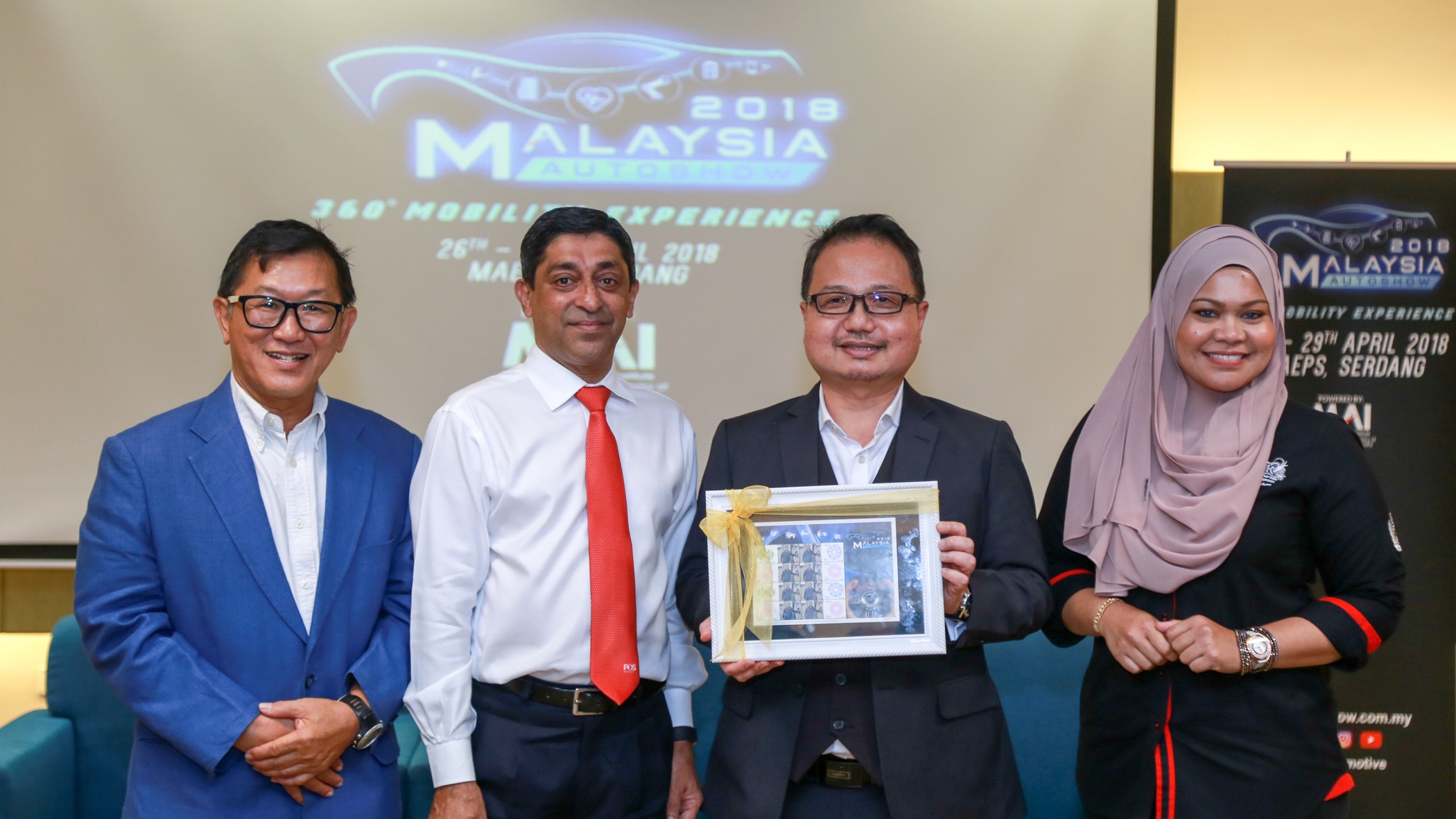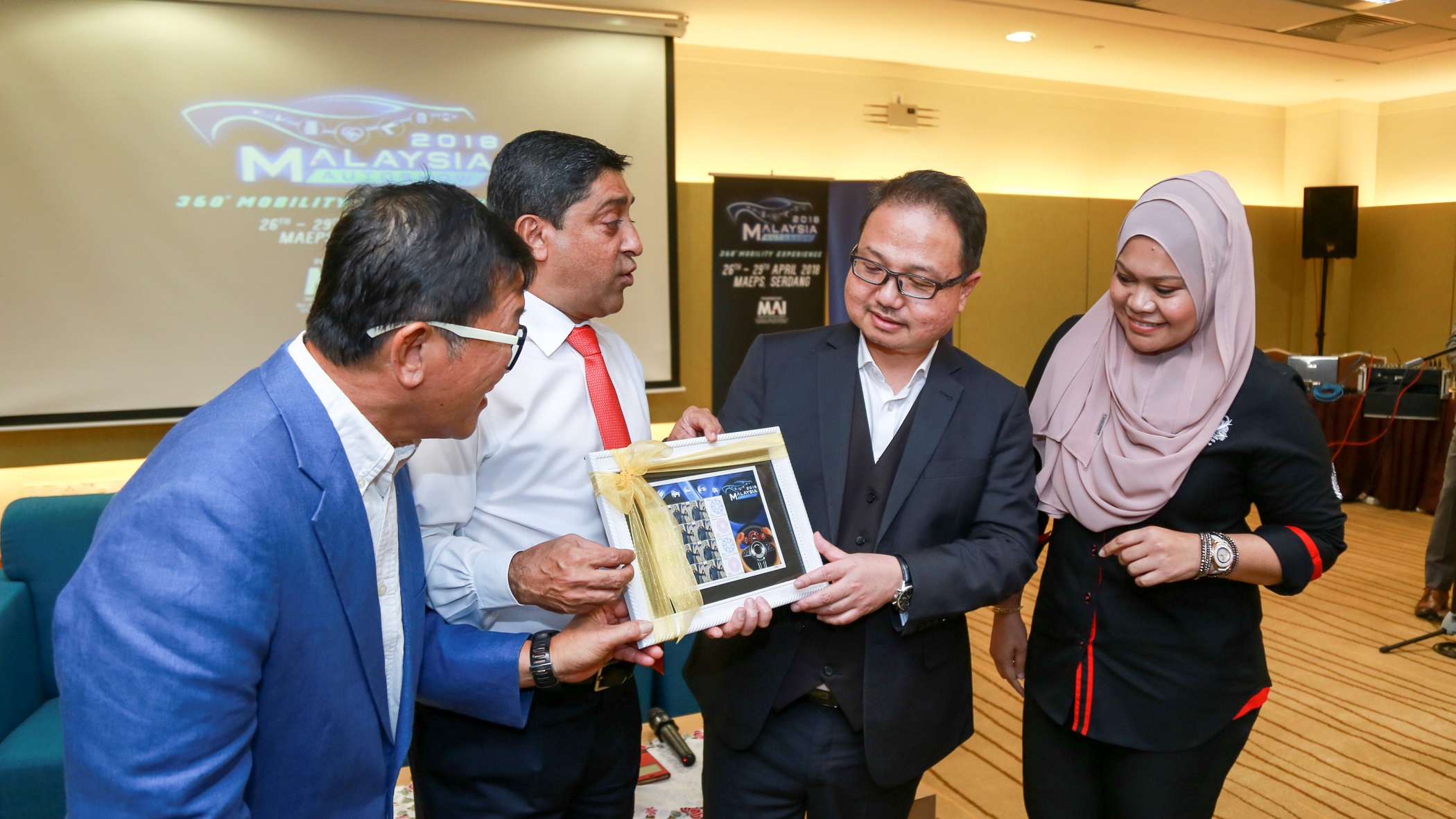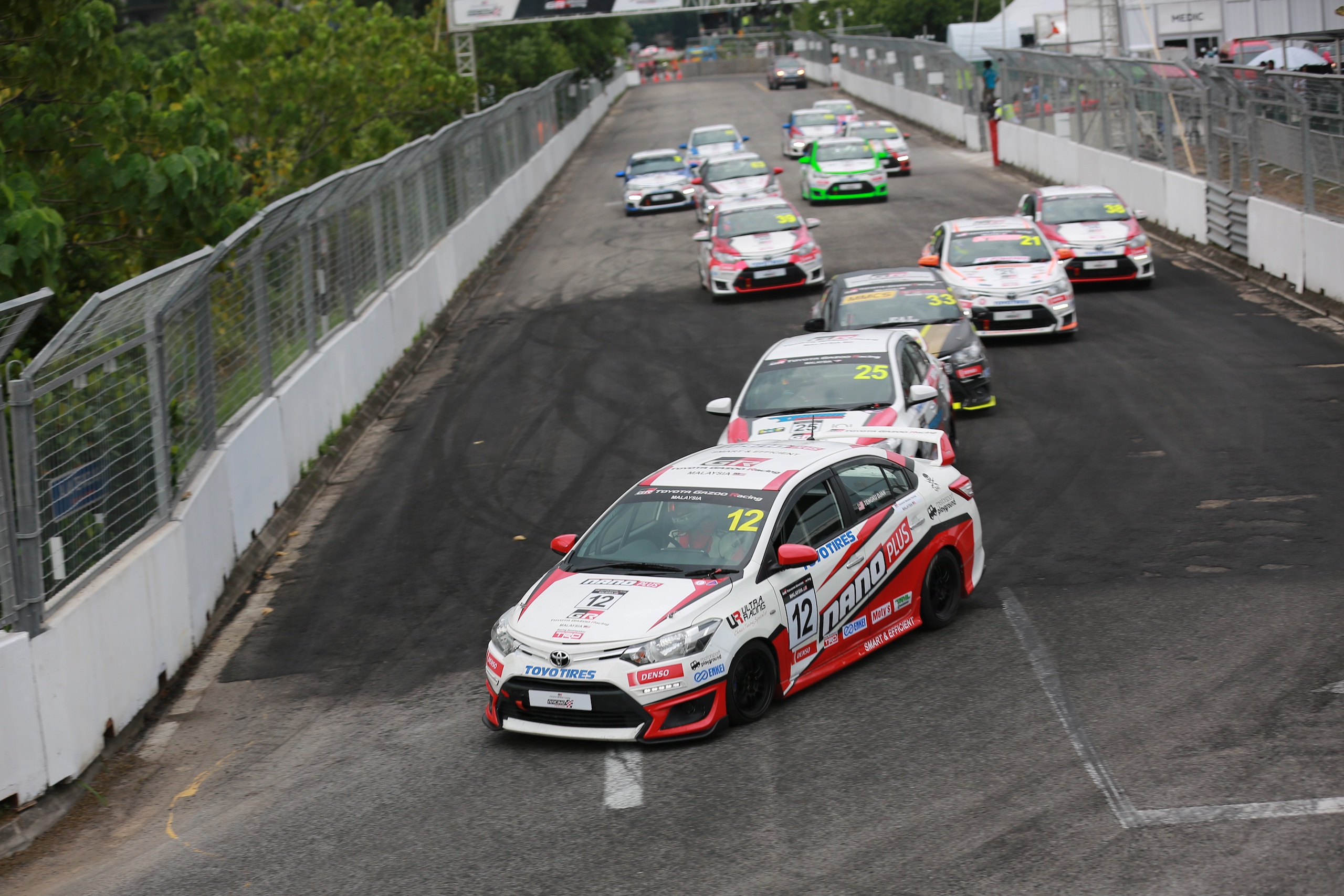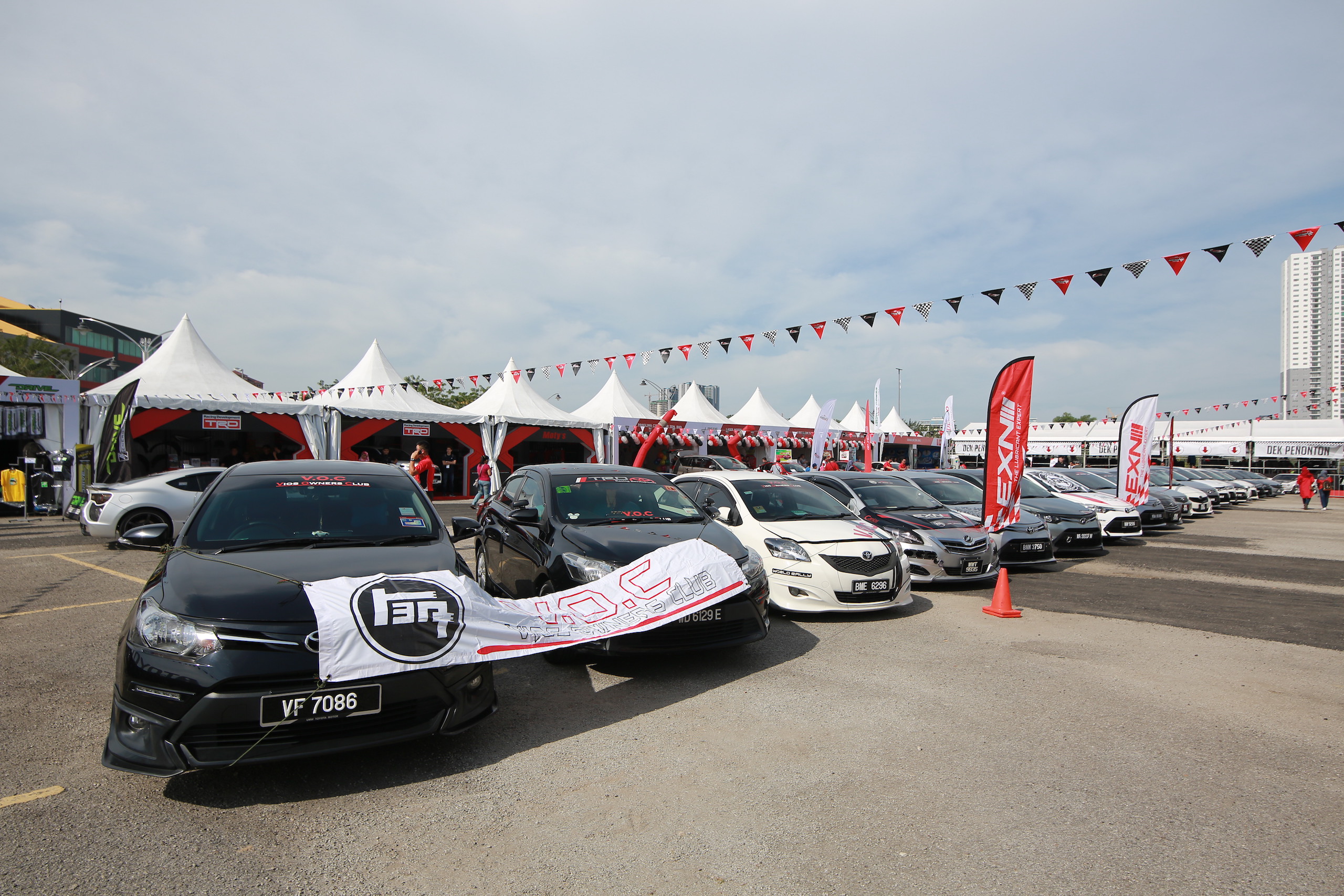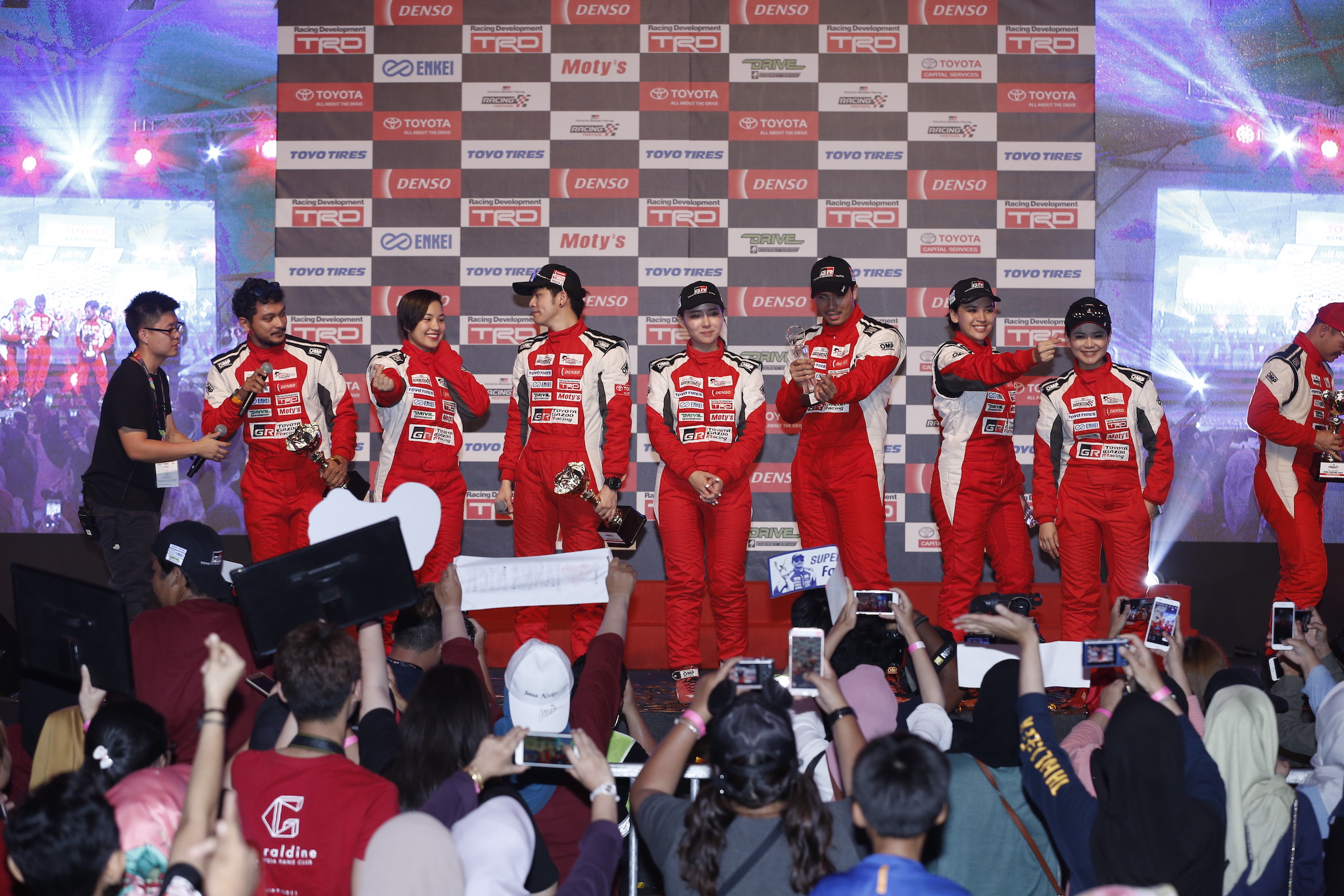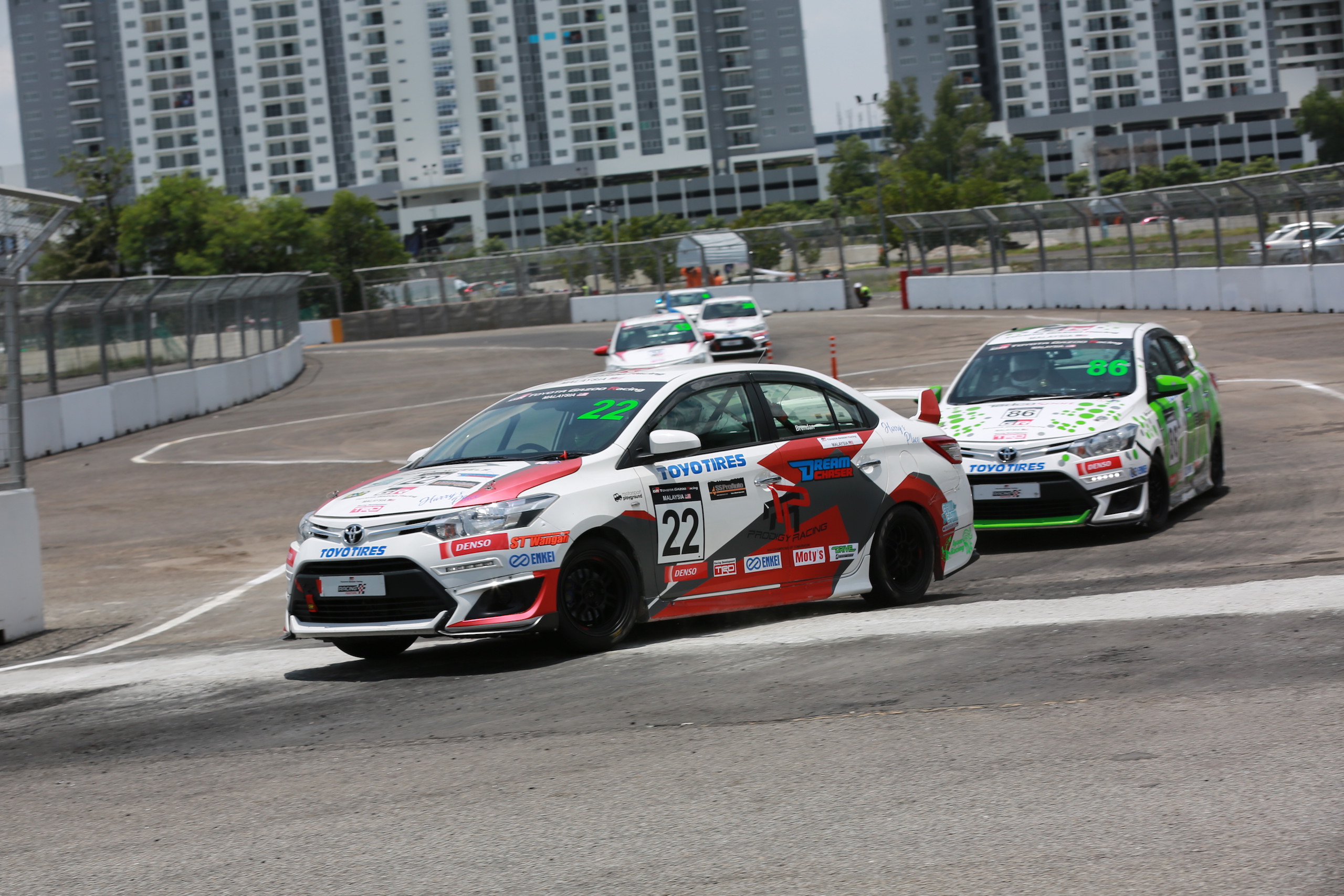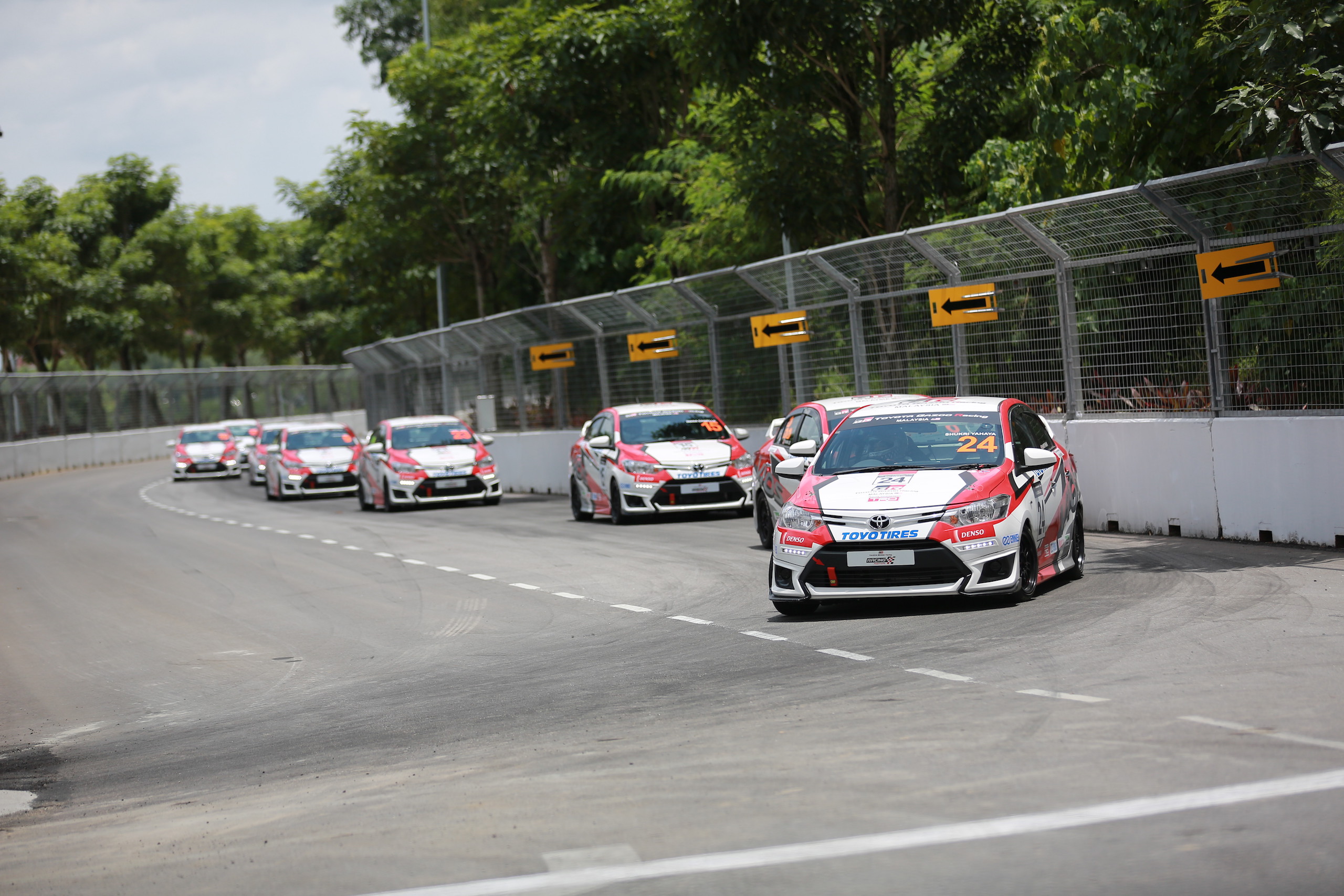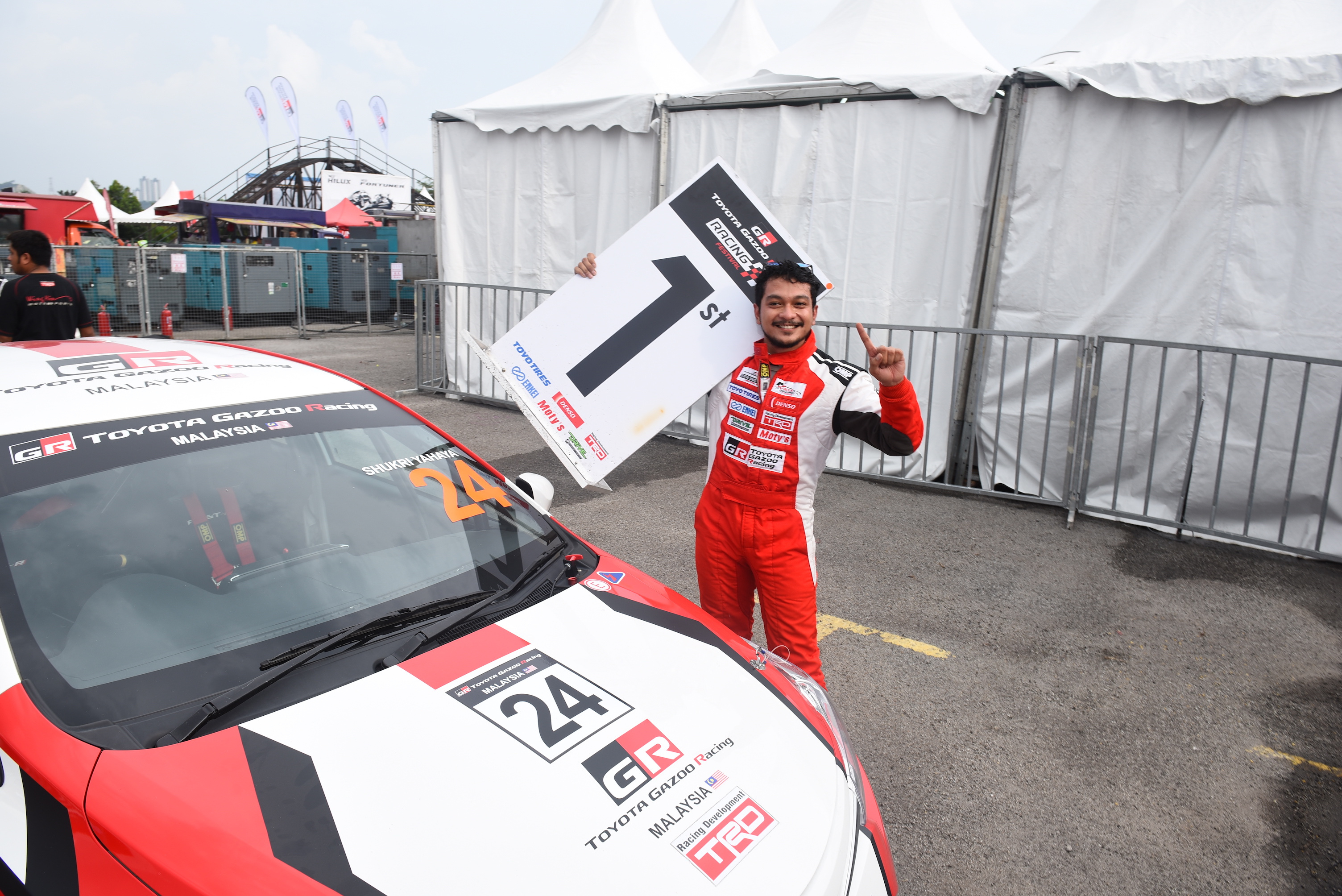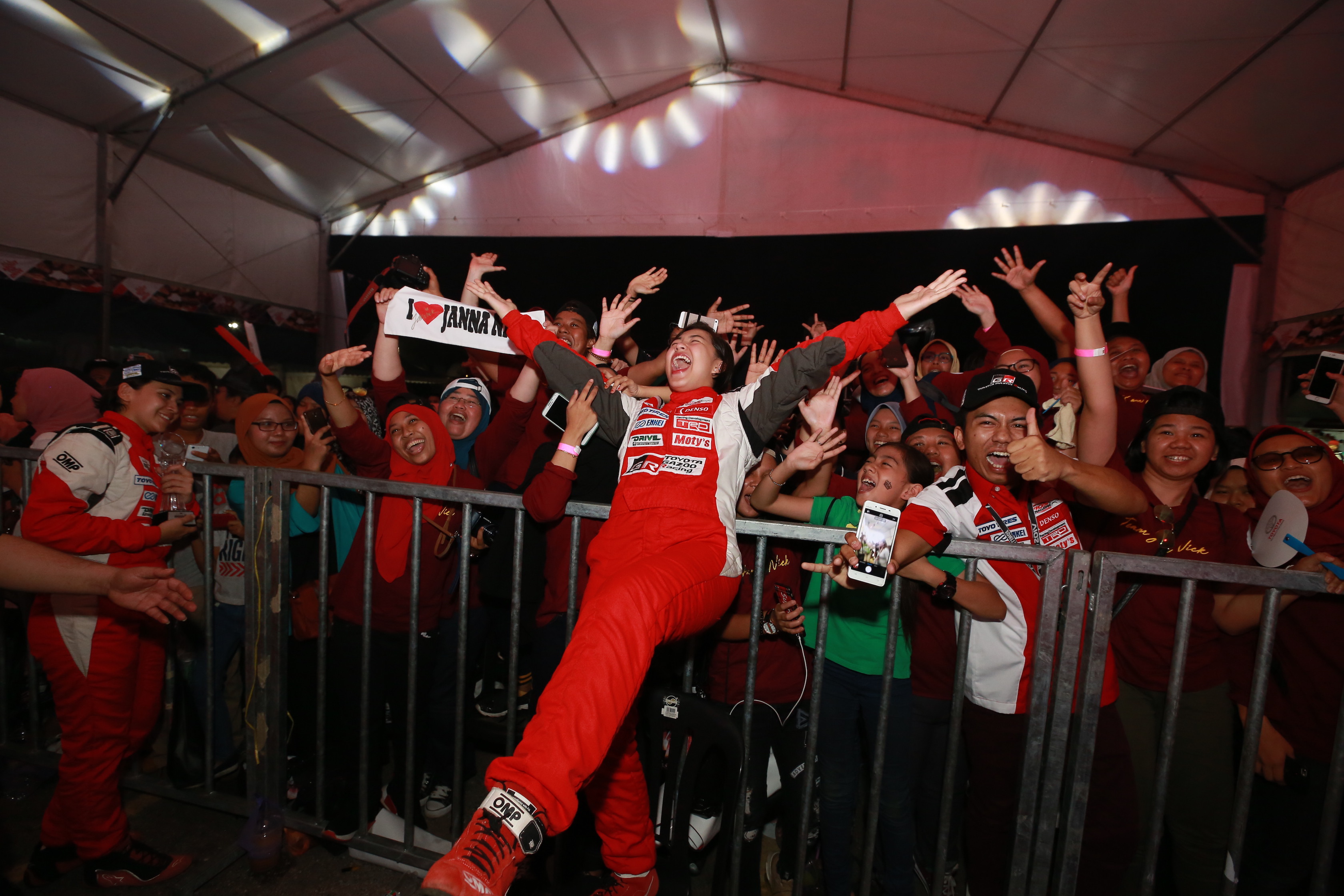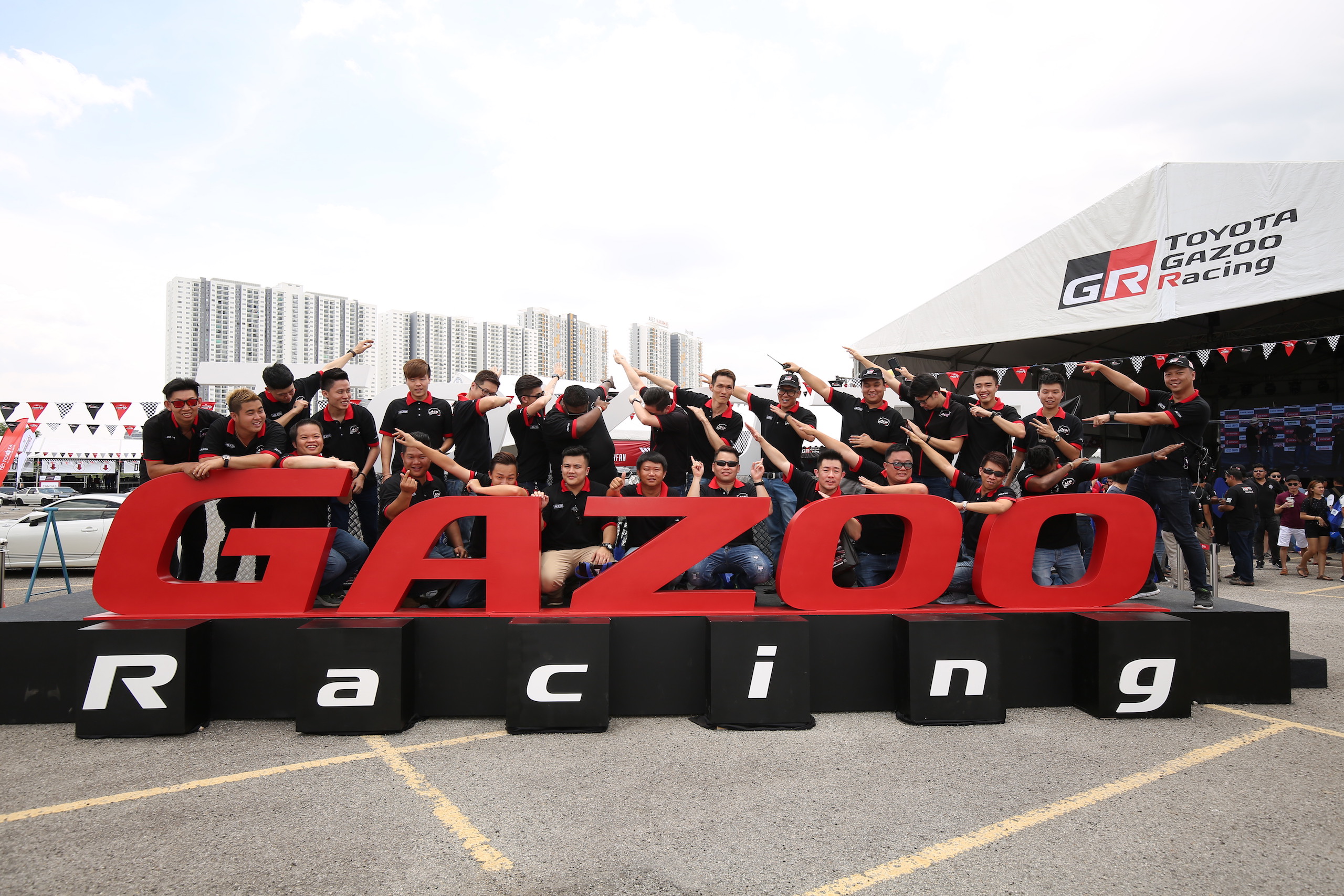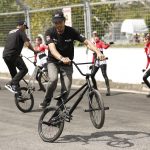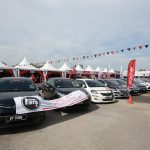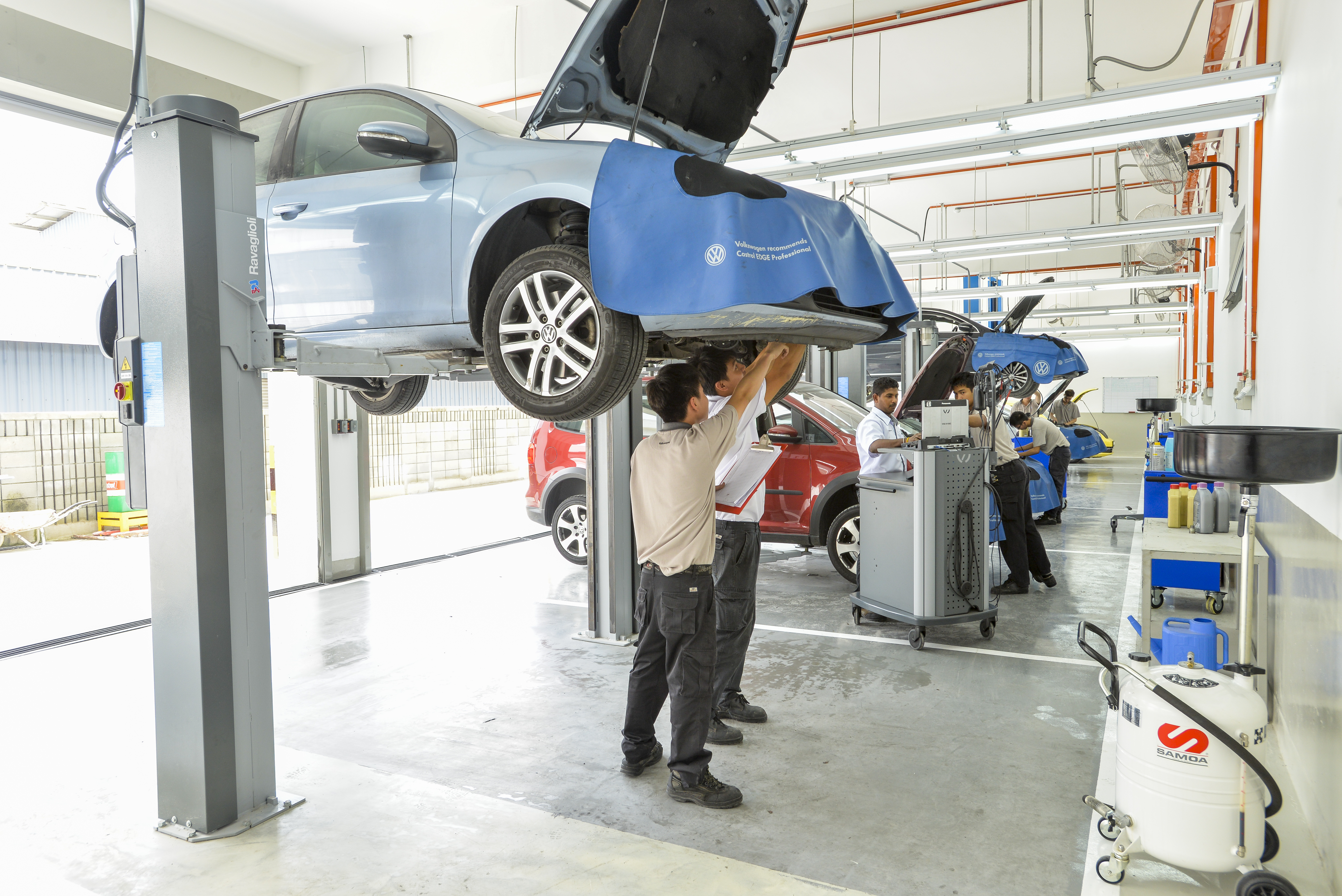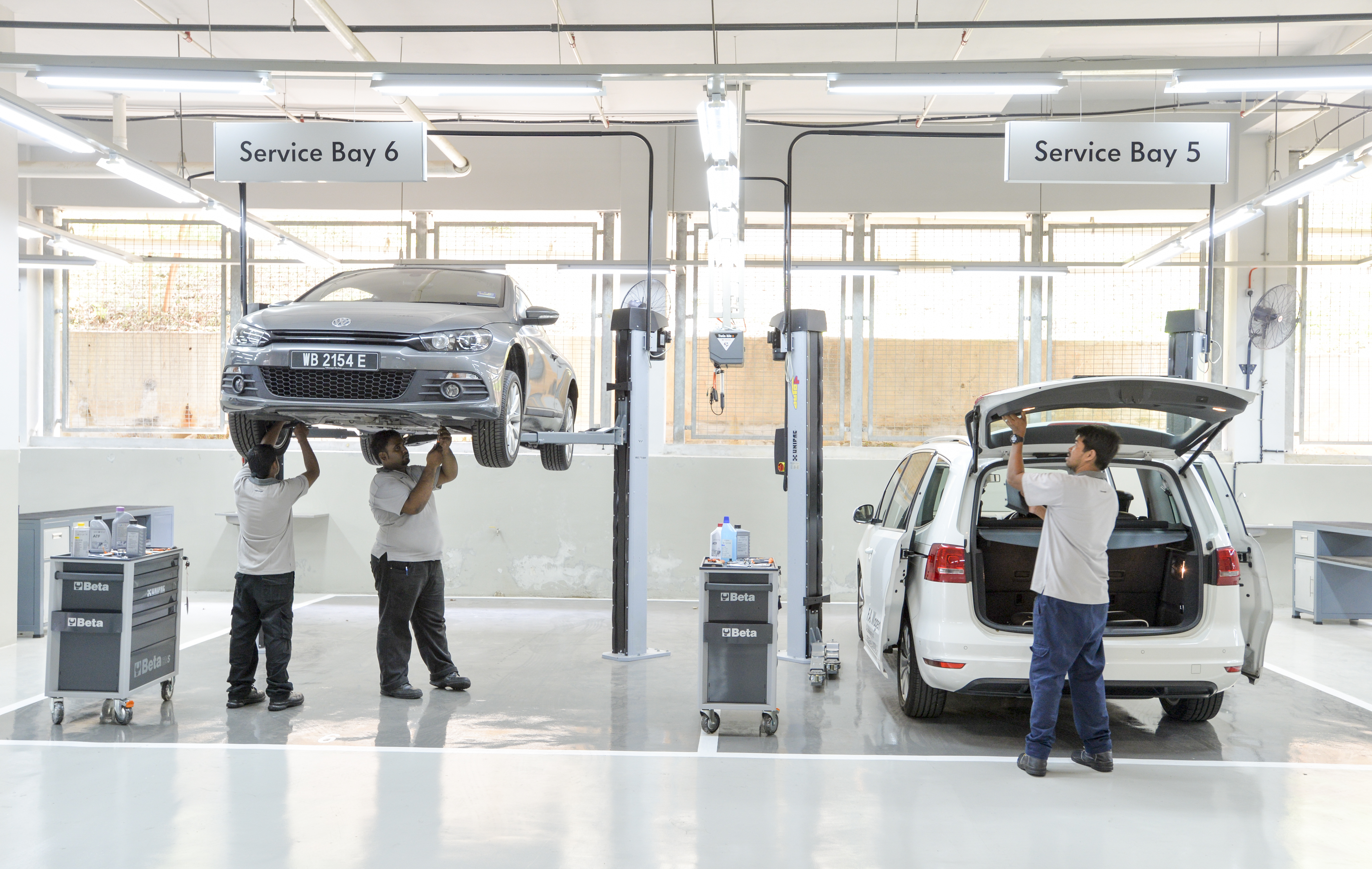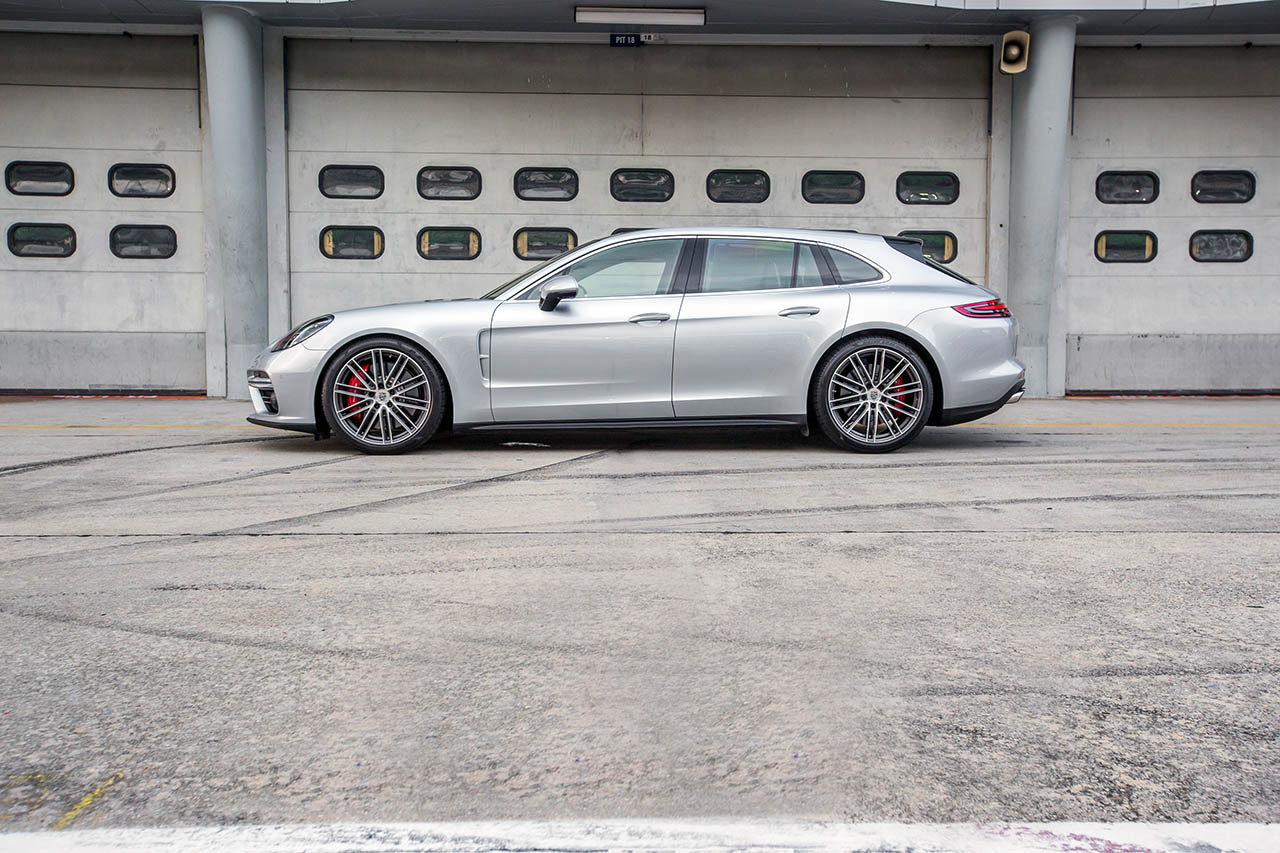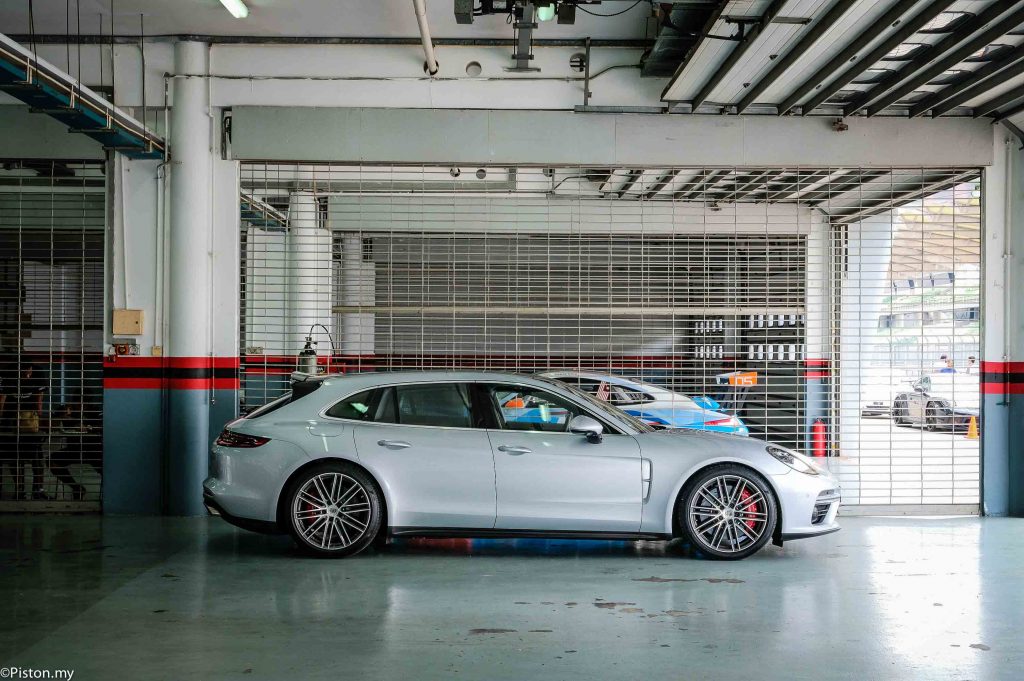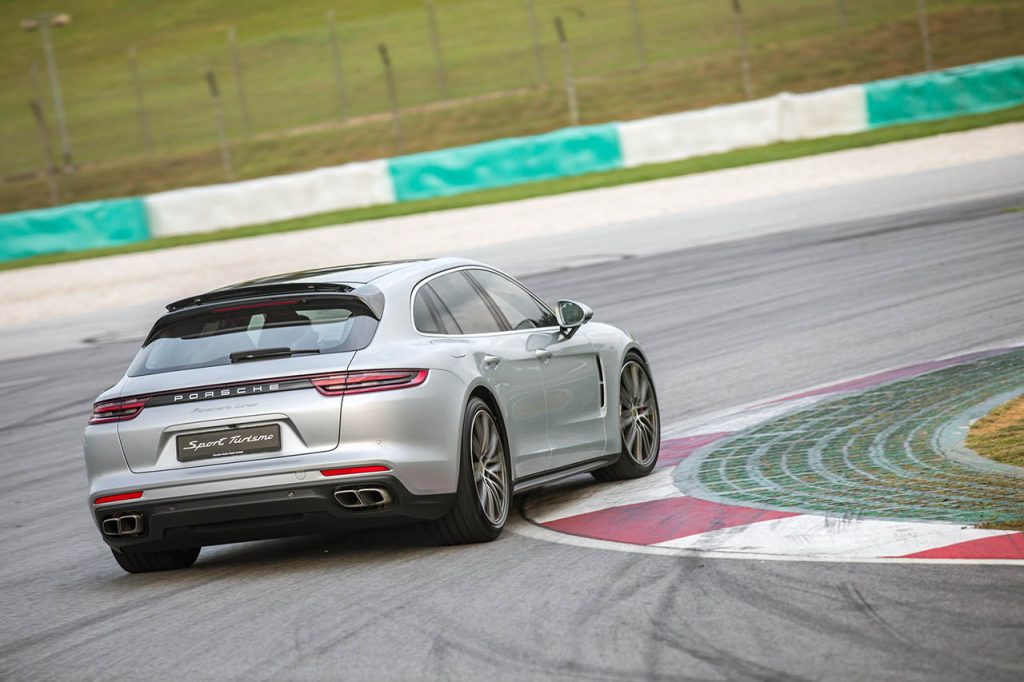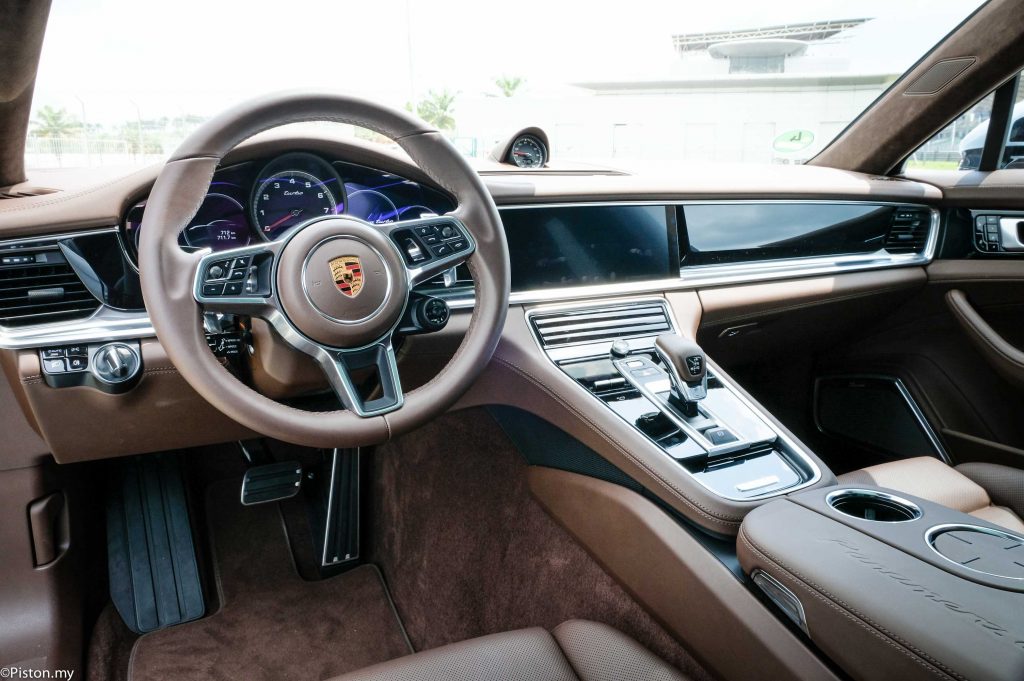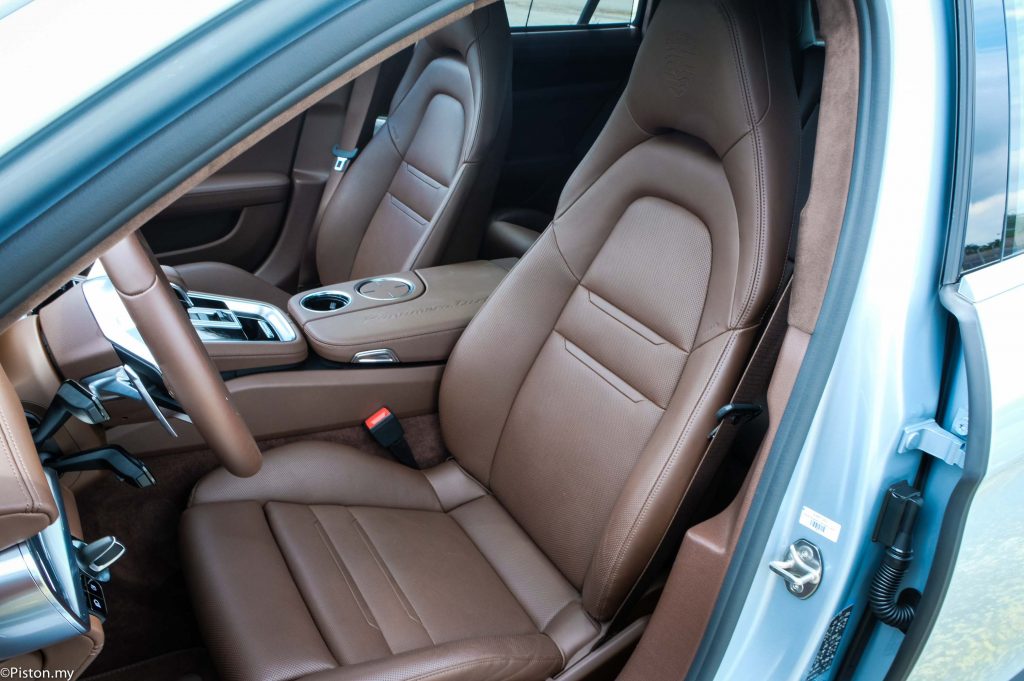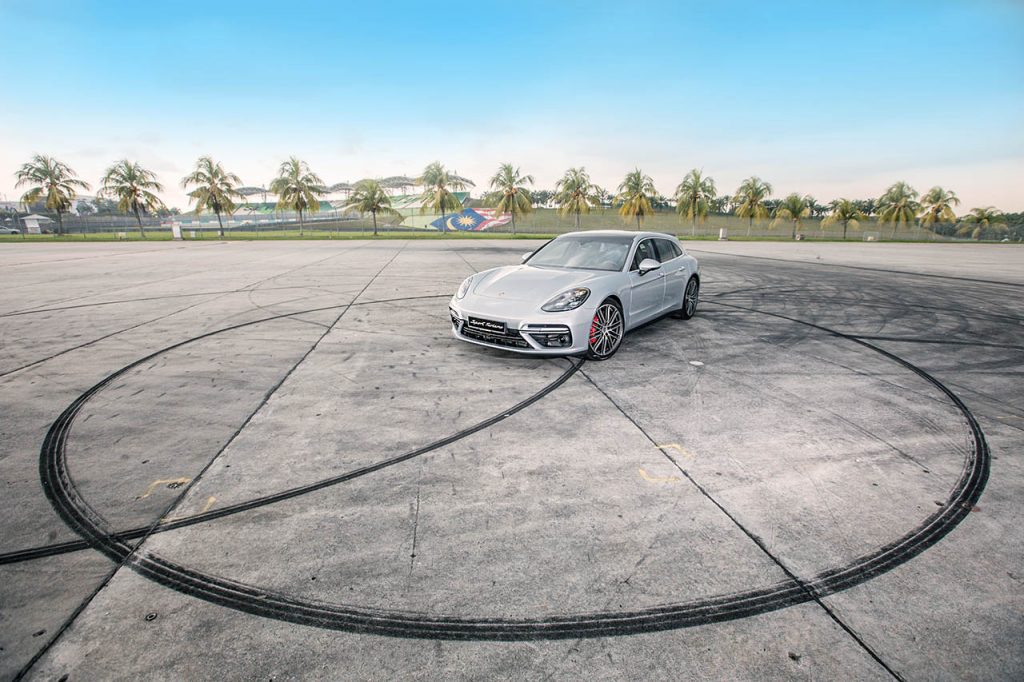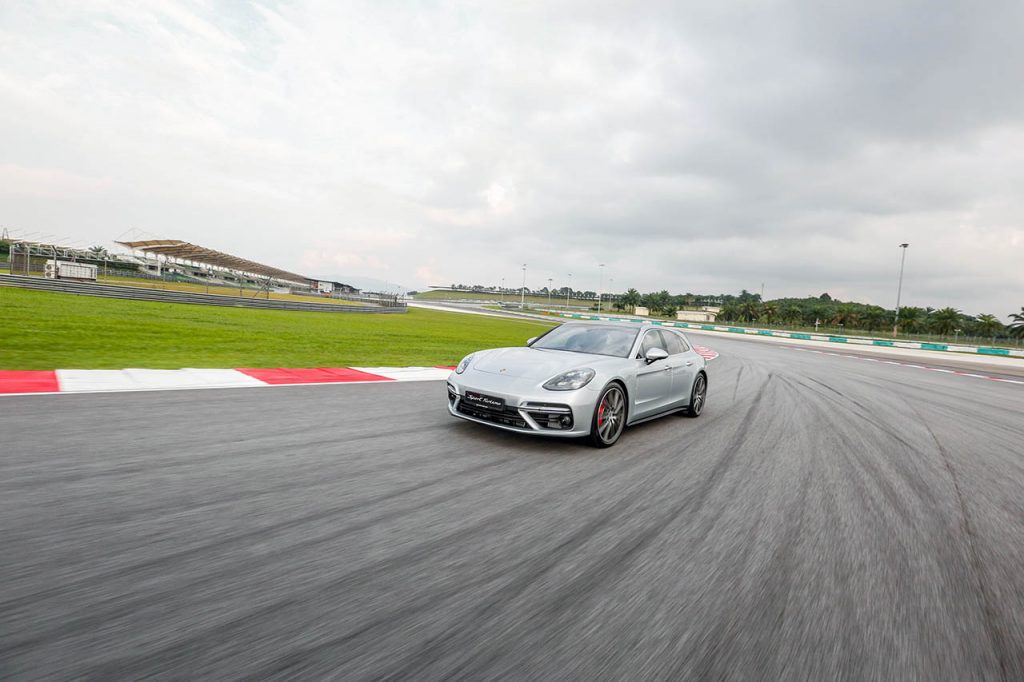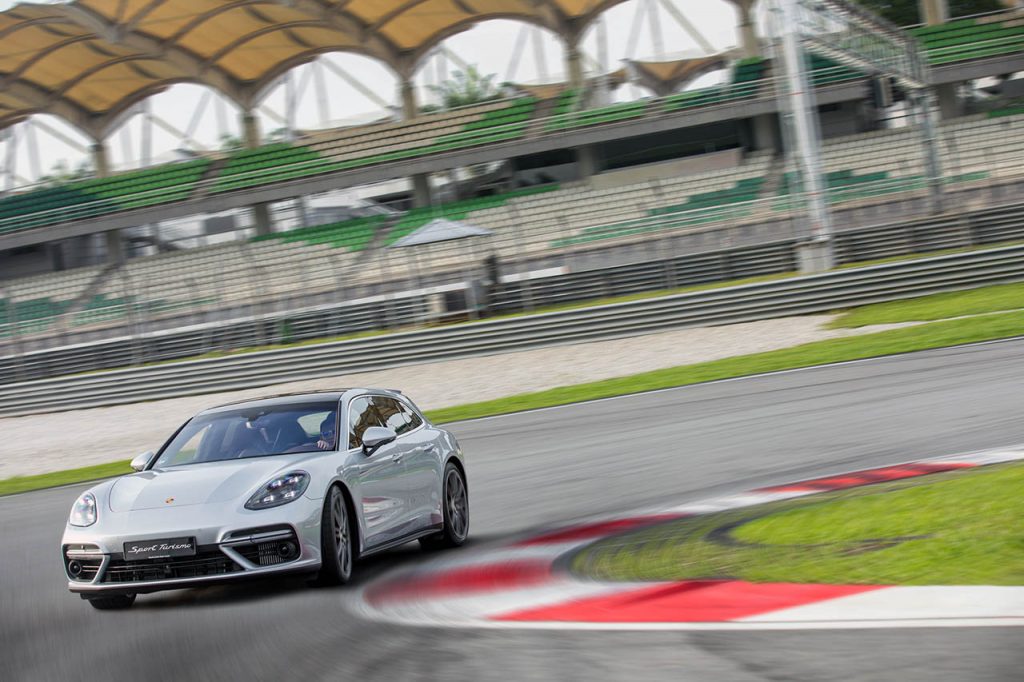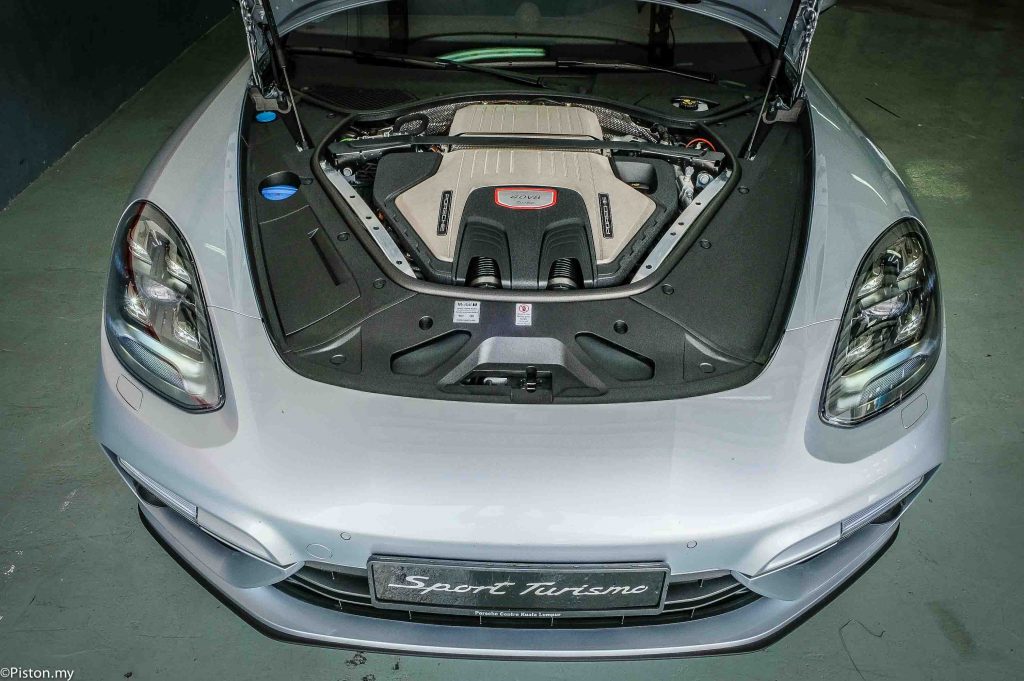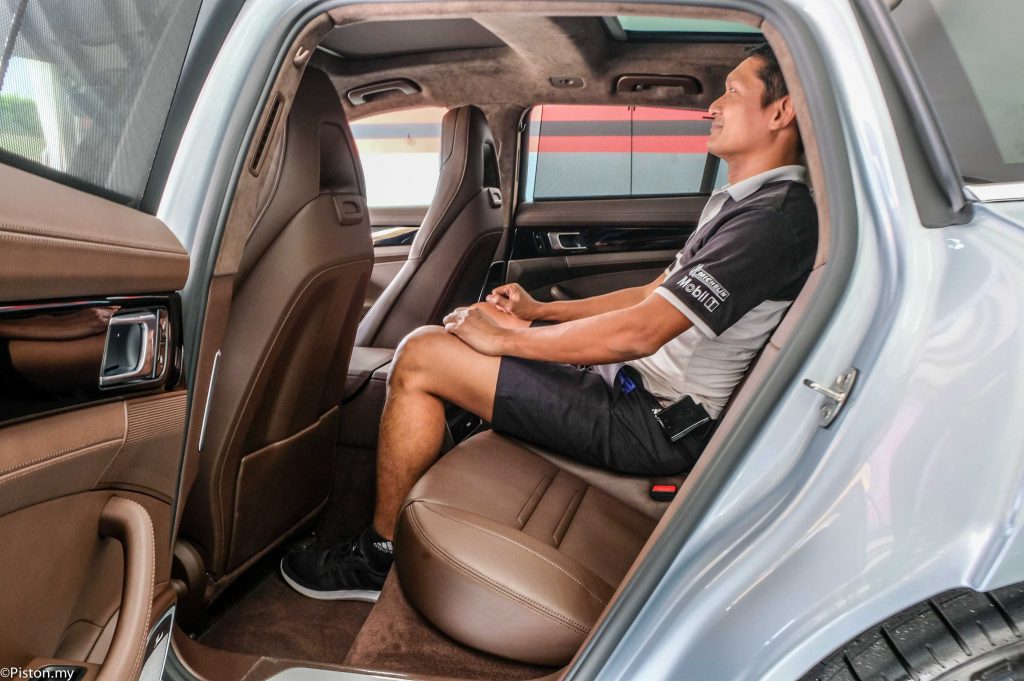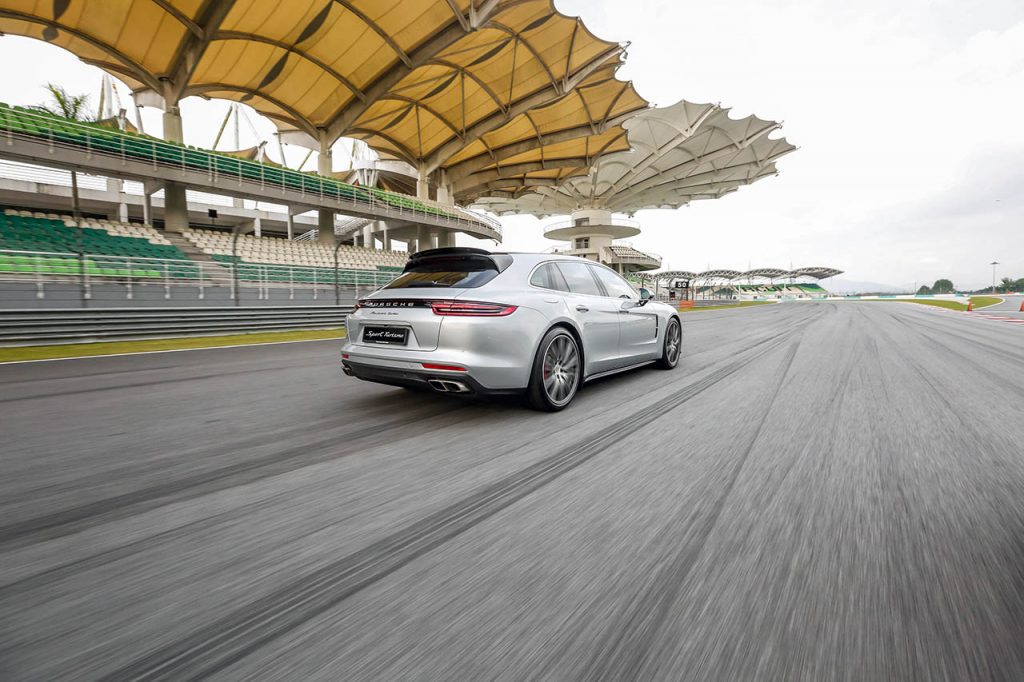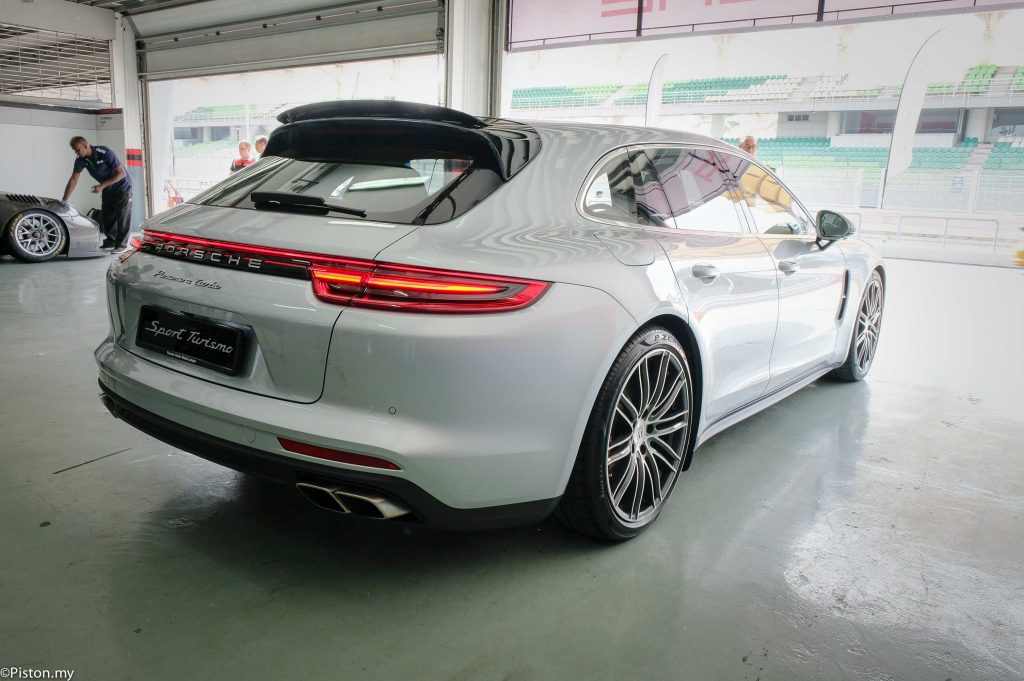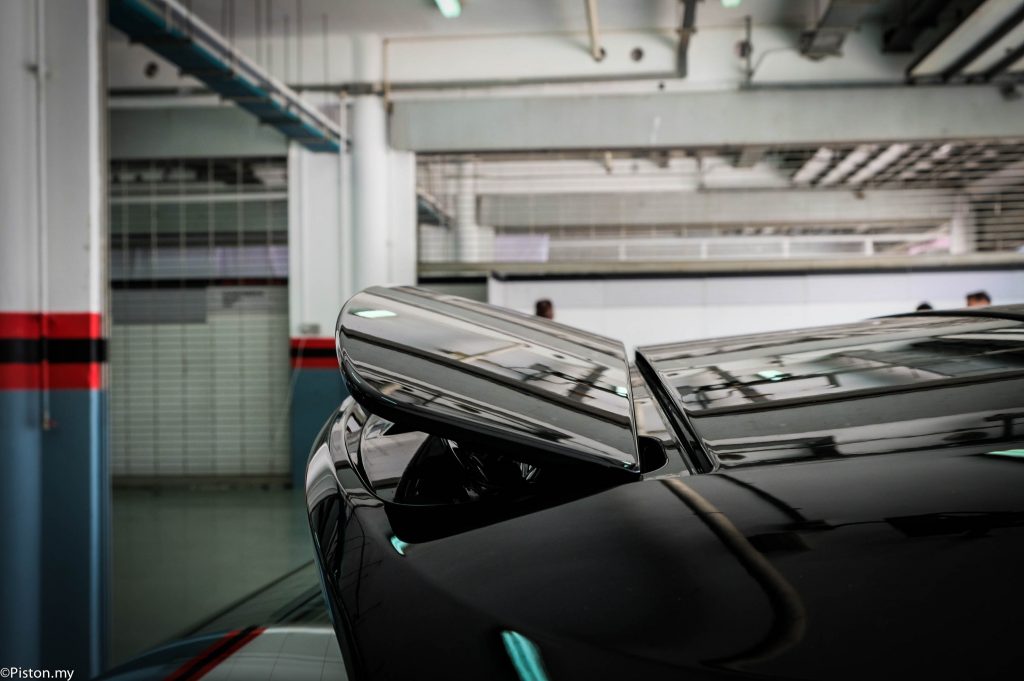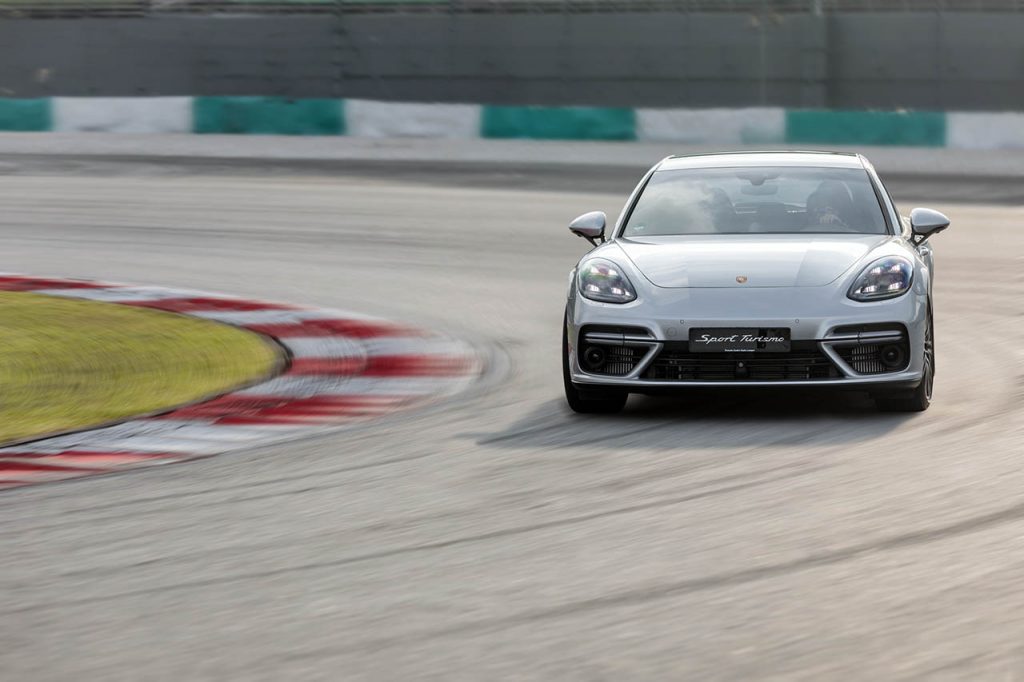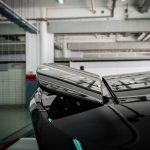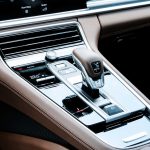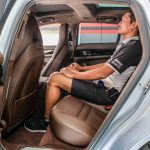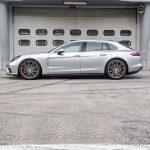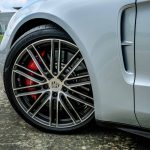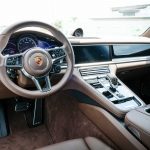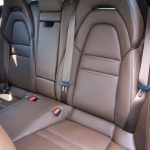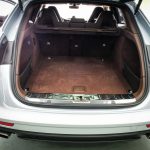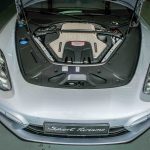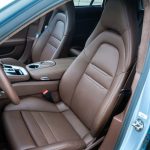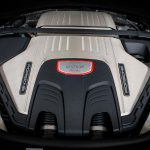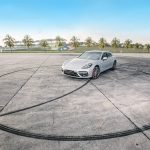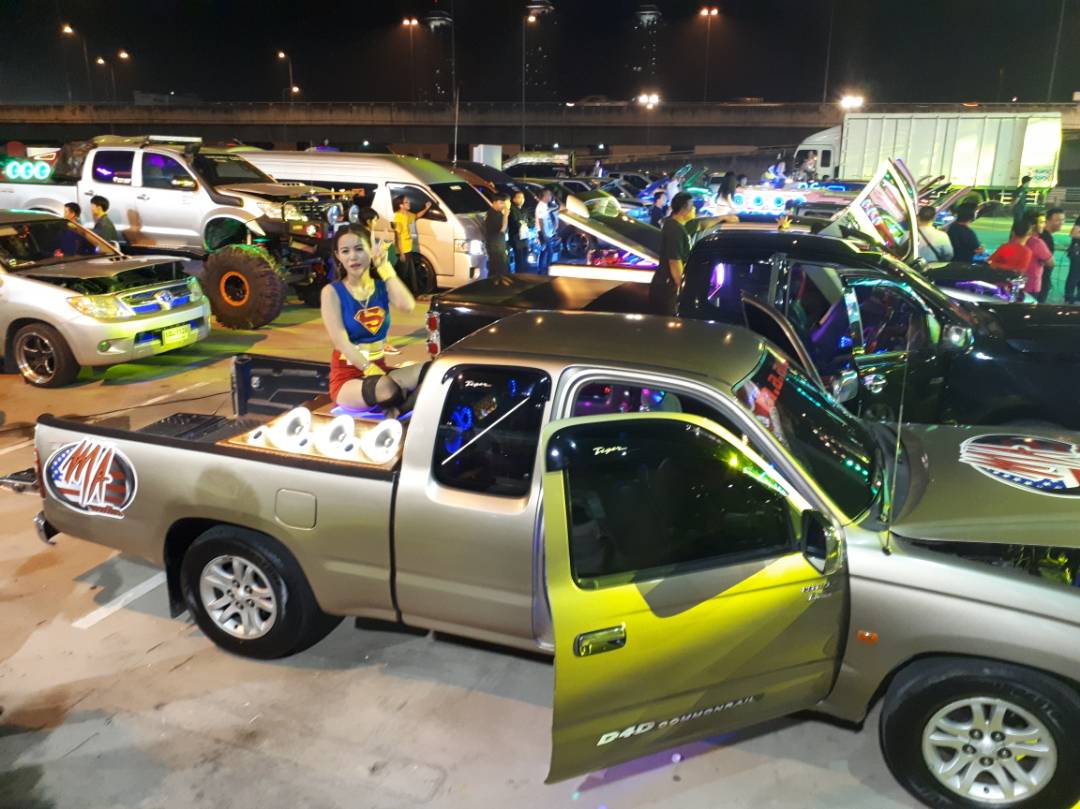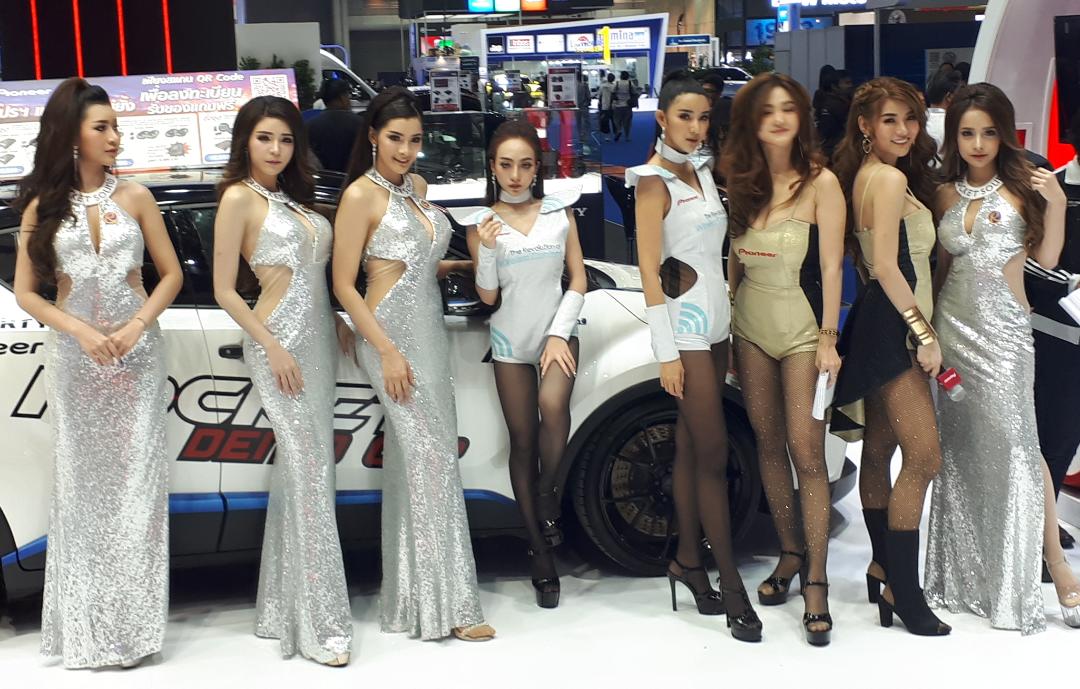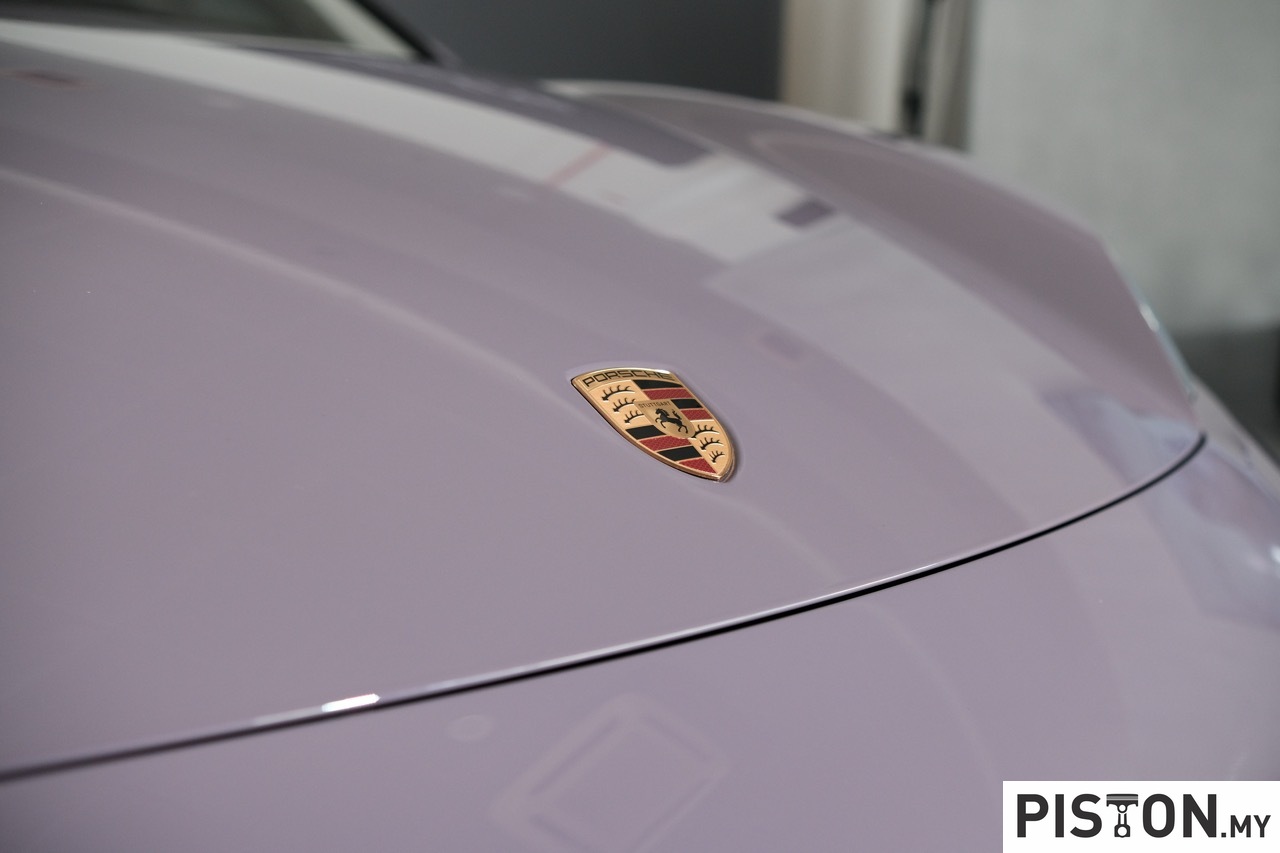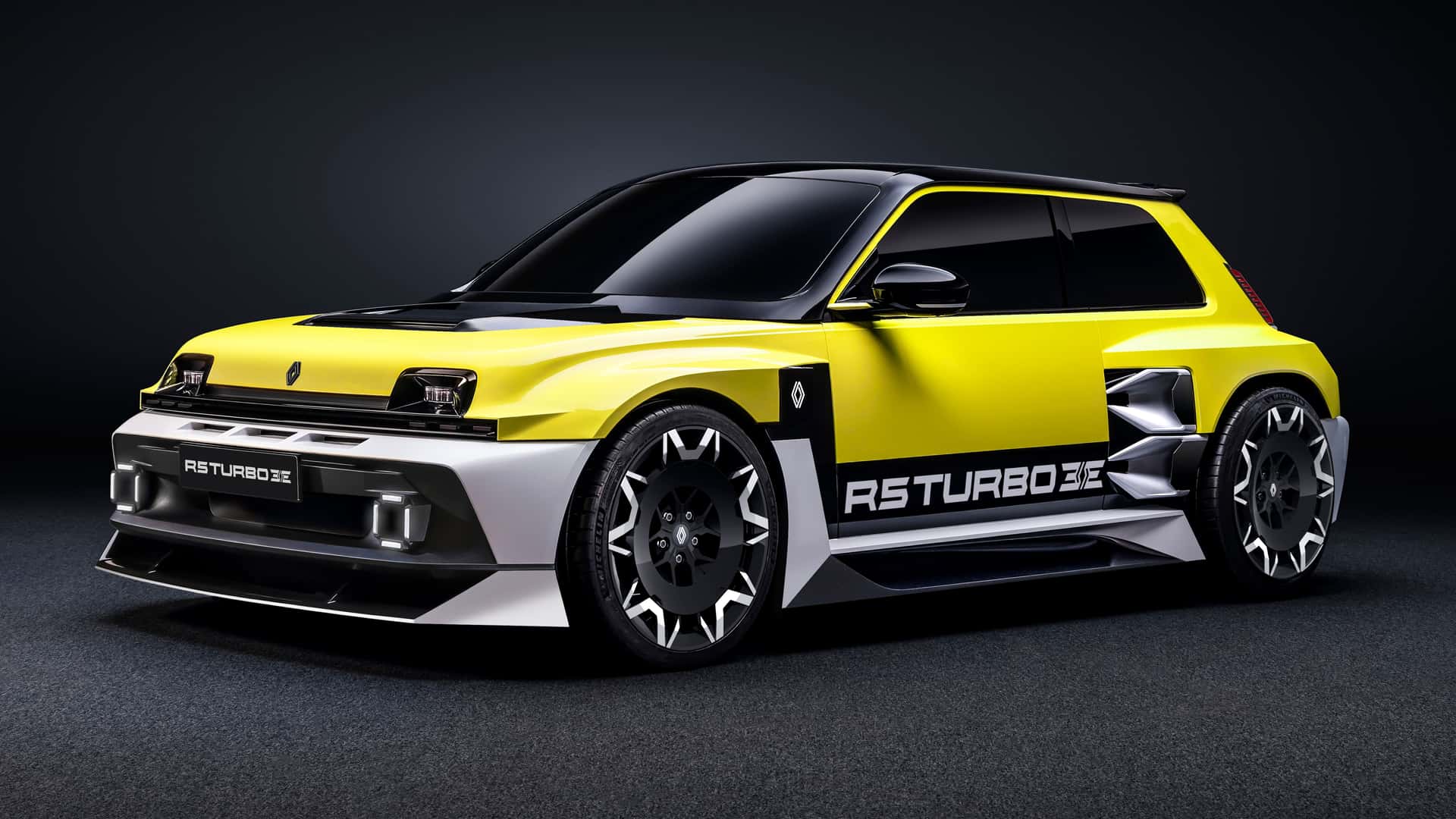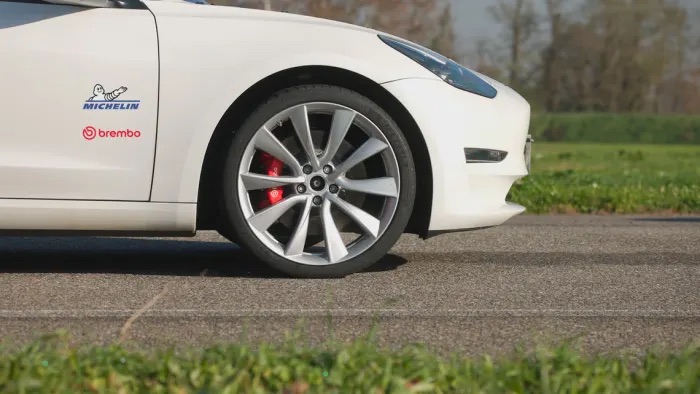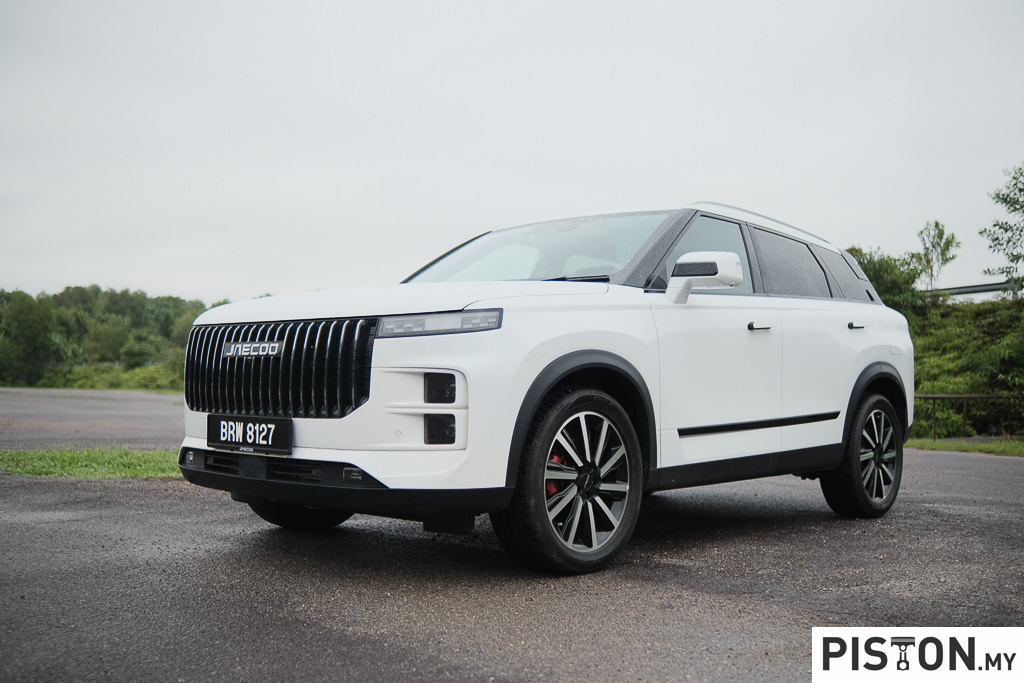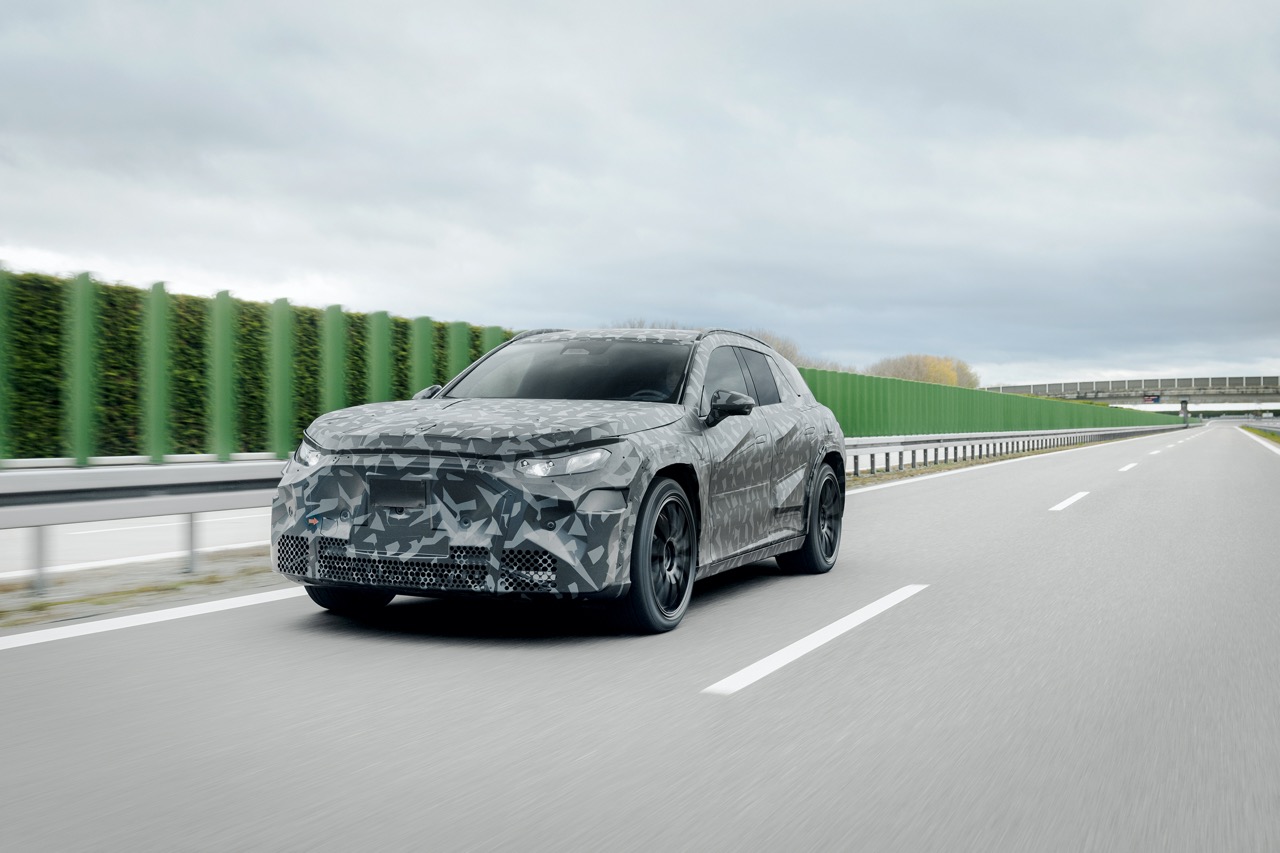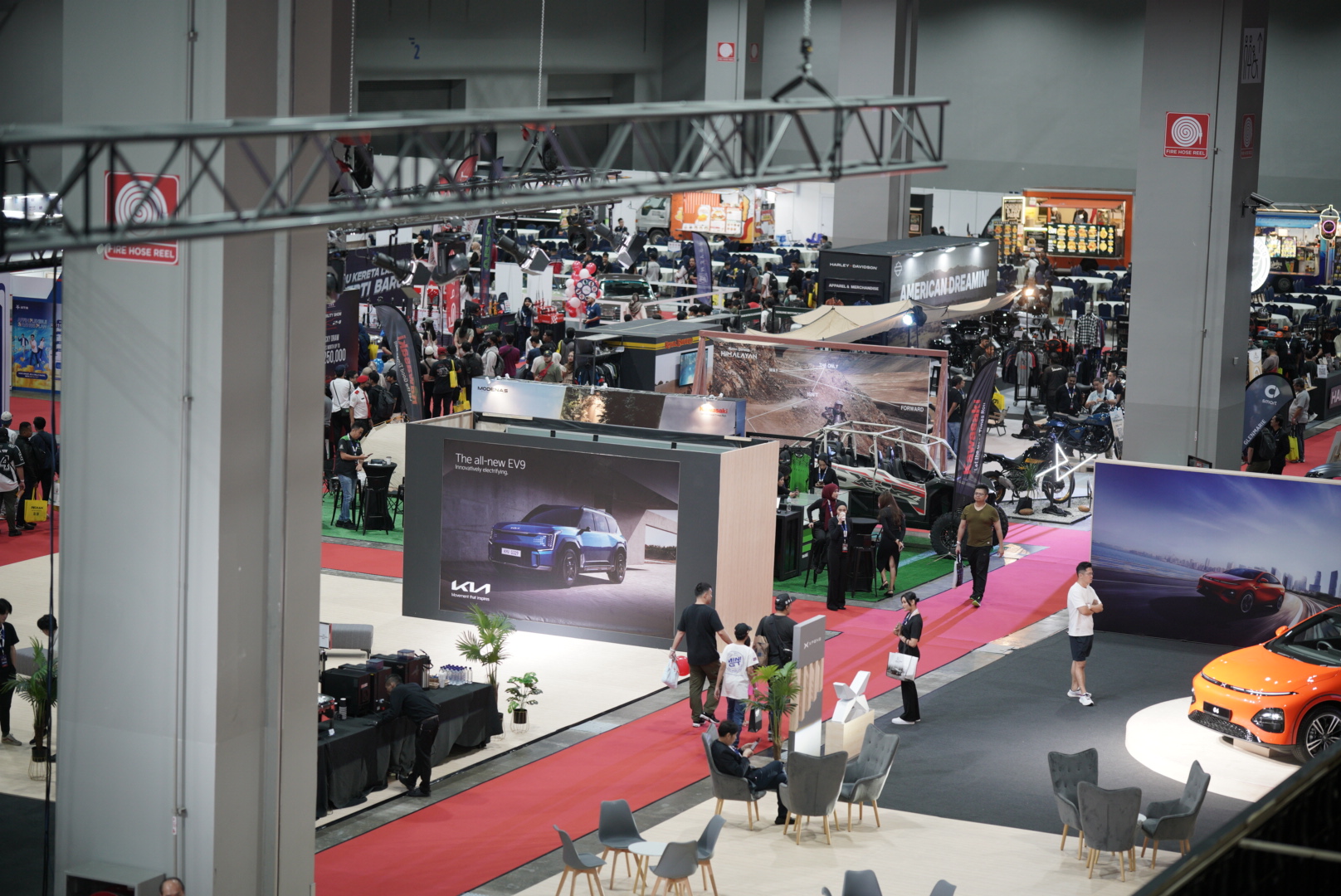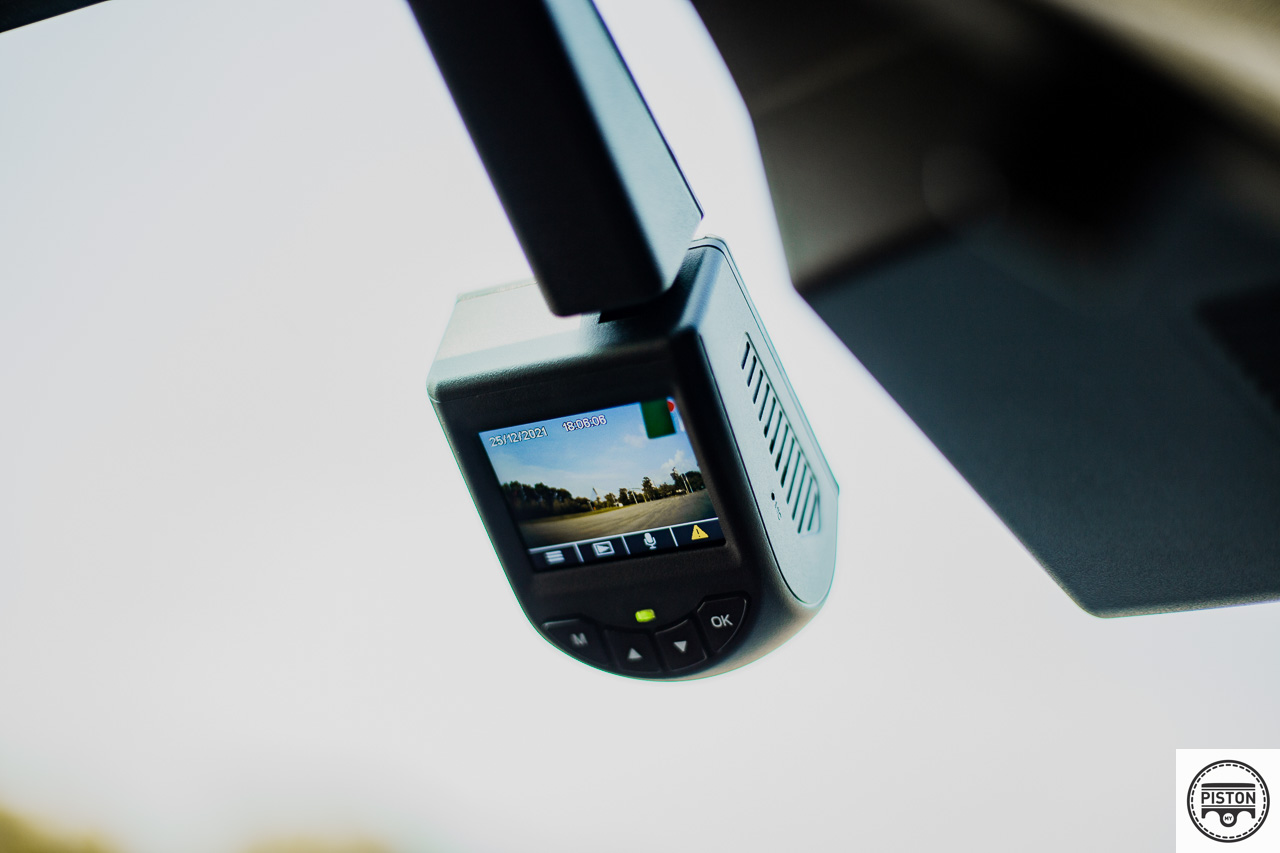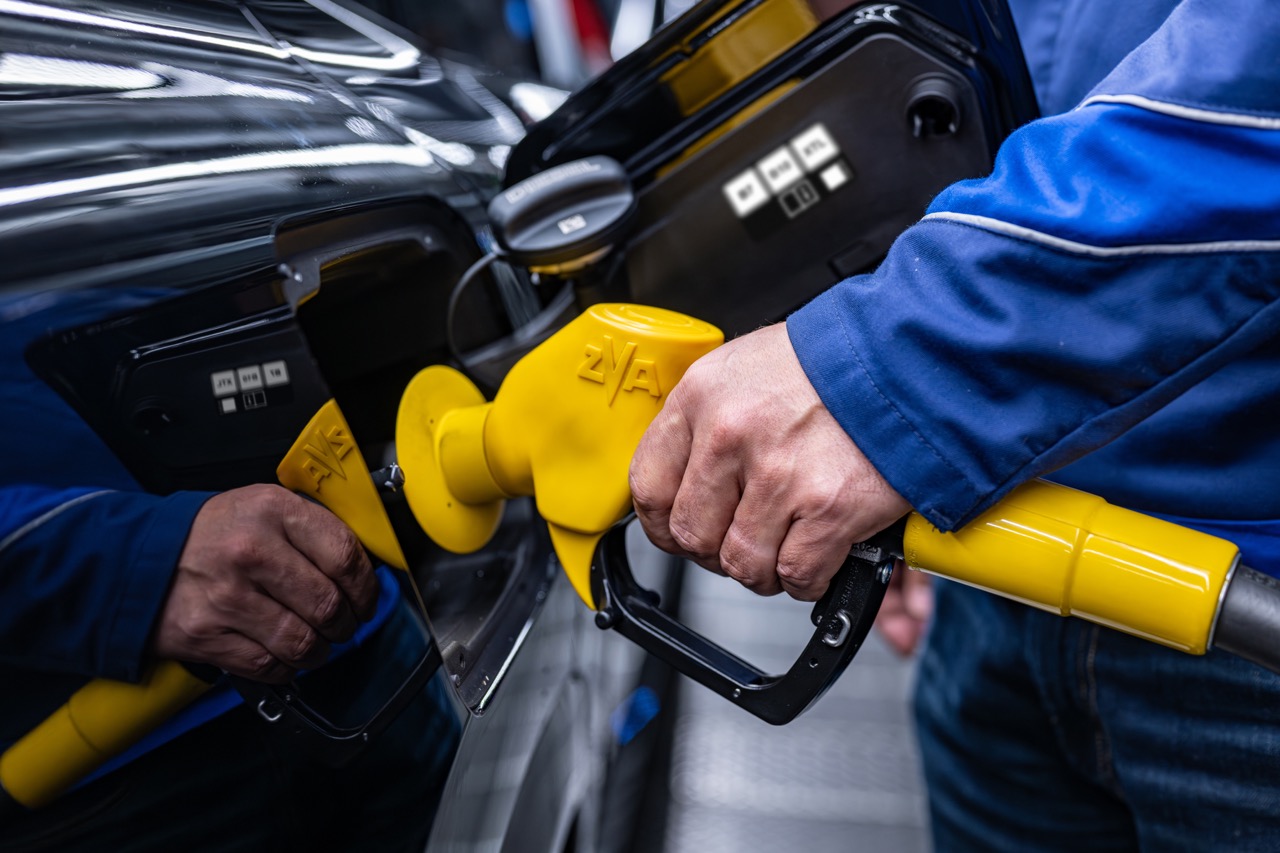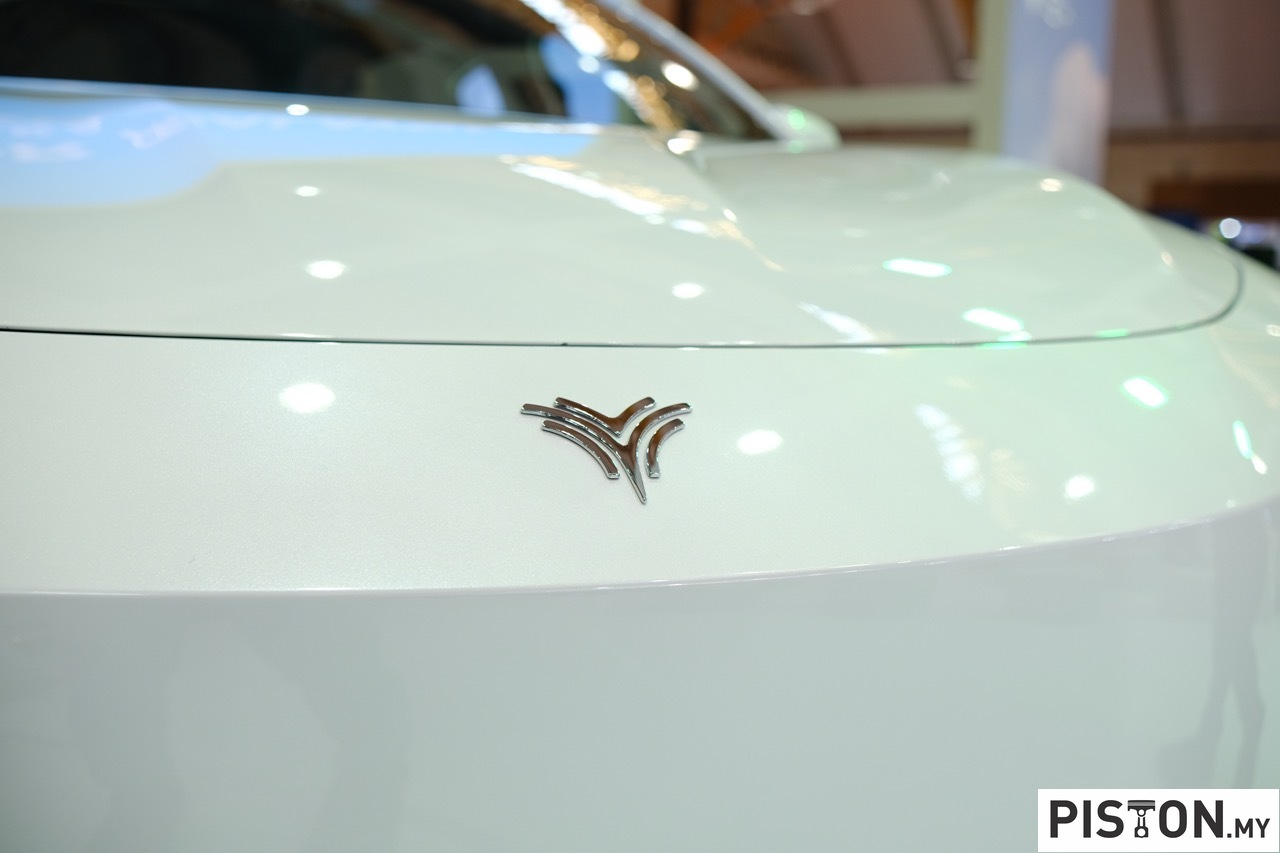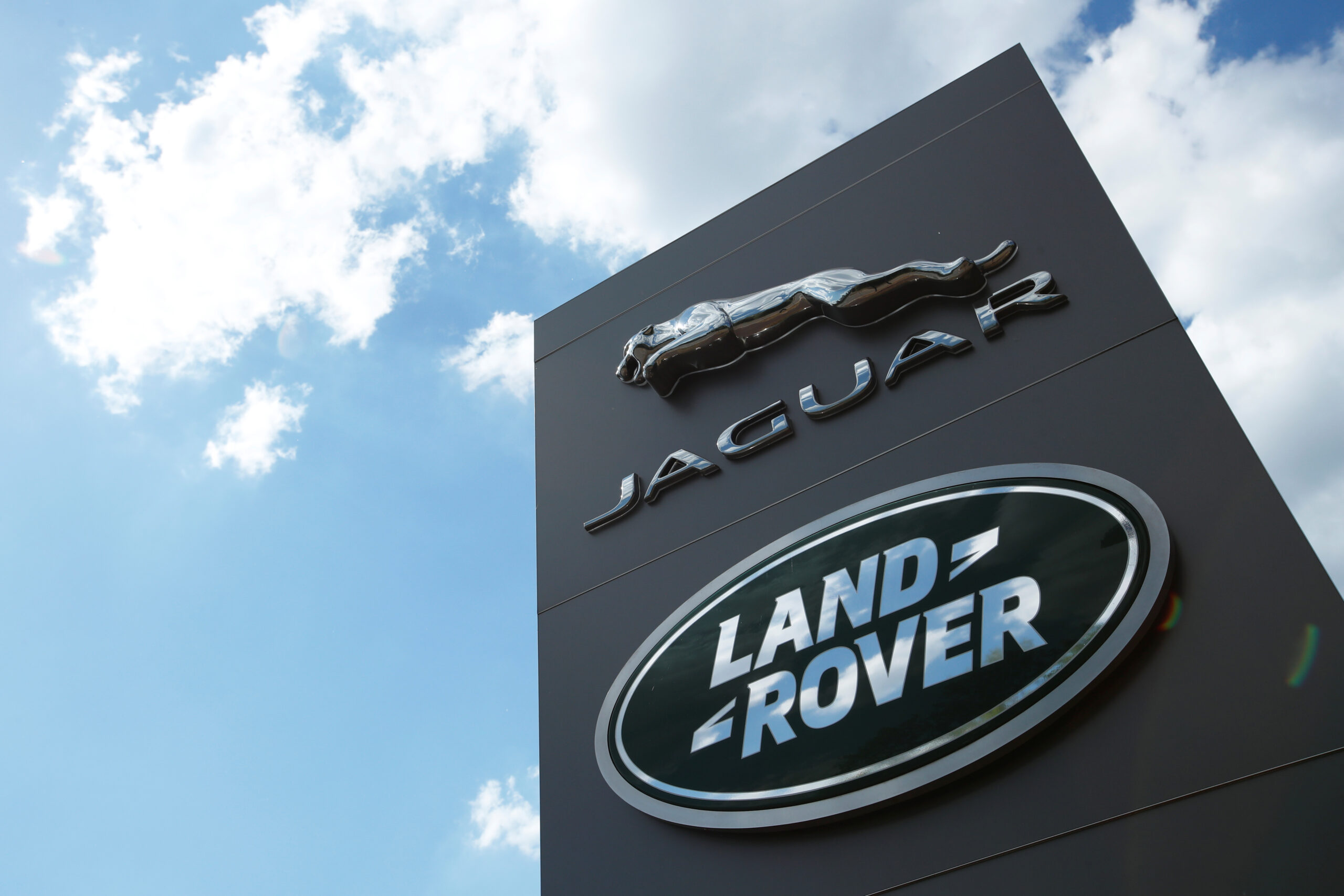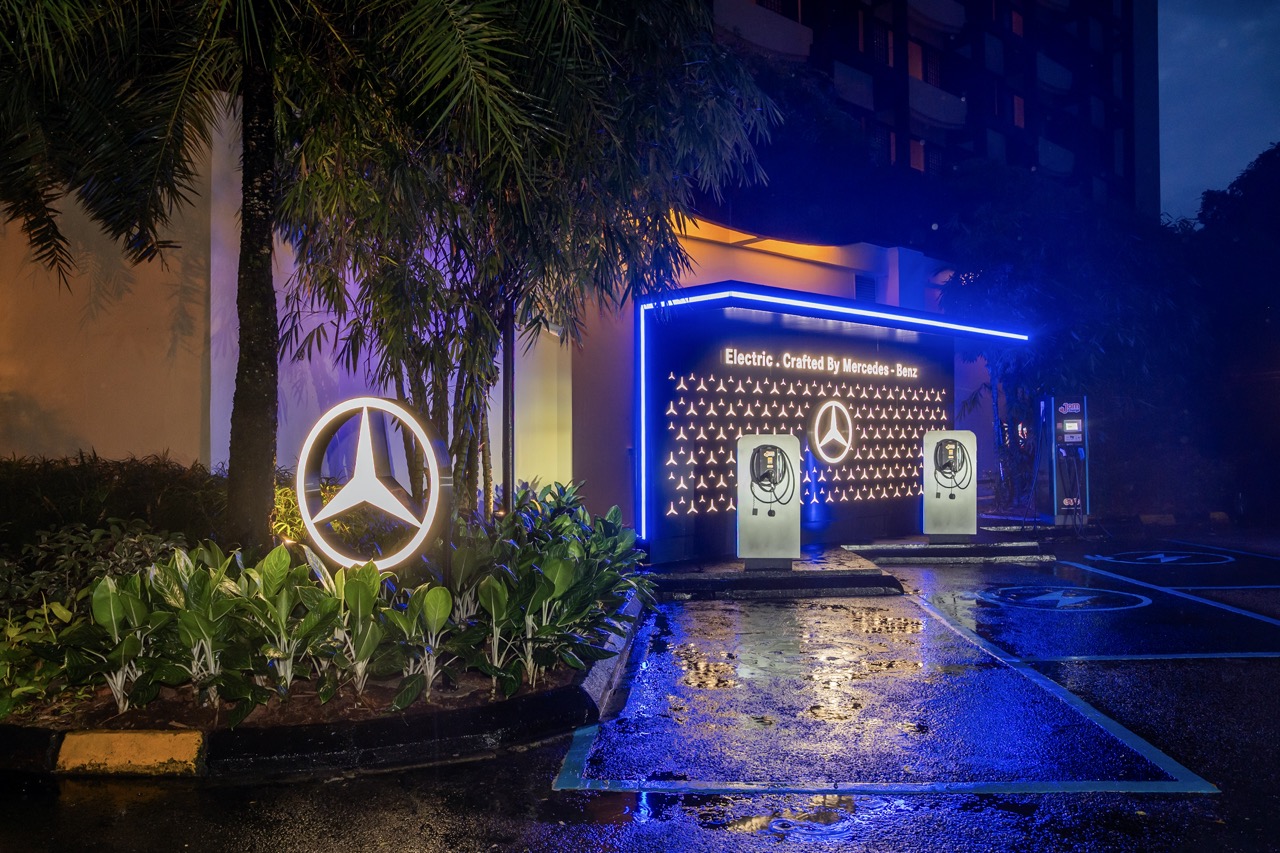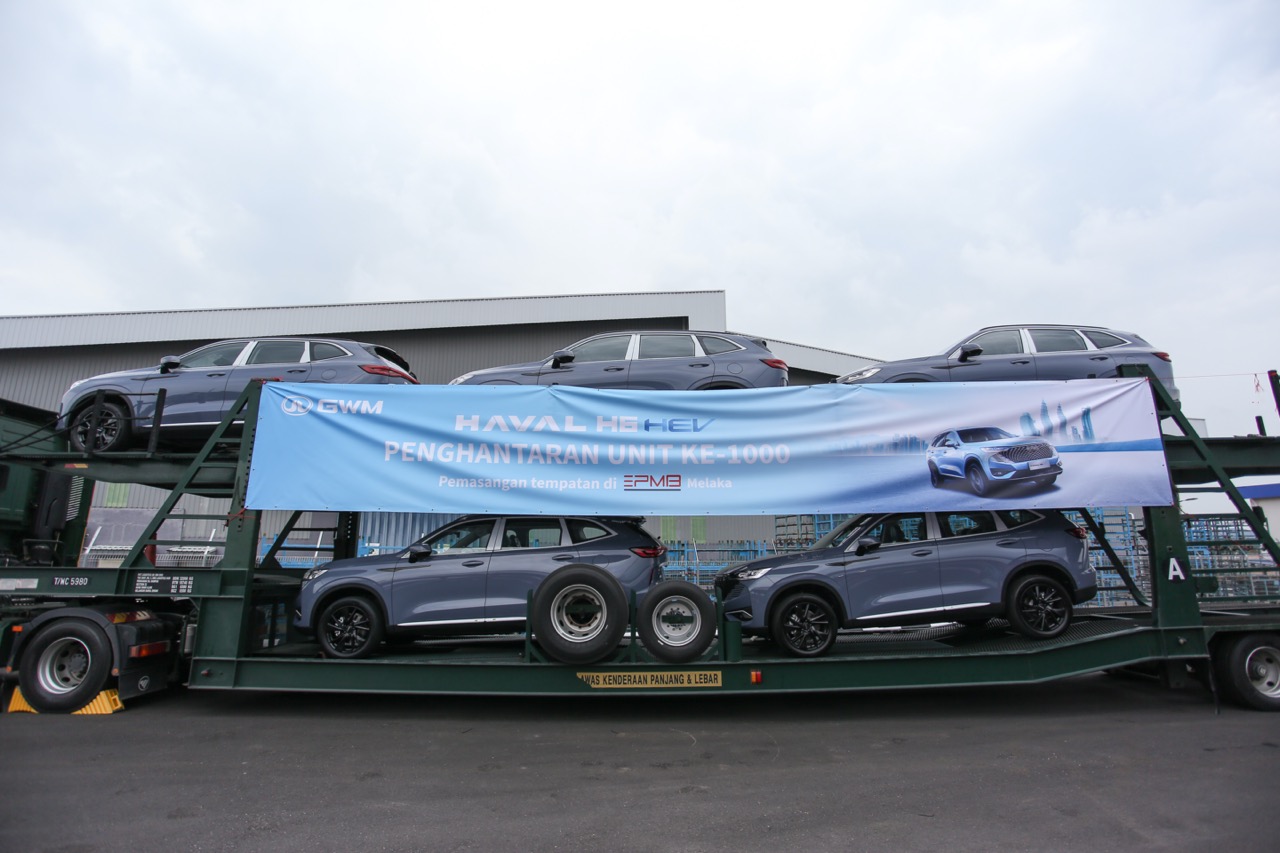Following the success of the previous Malaysia Autoshow in 2017, Malaysia Automotive Institute (MAI) is confident to attract more visitors to this year’s event, which promises “a more comprehensive and immersive experience”.
The fourth edition of the annual Malaysia Autoshow will be held from 26th to 29th April, 2018. For the second year running, the venue will be at the Malaysia Agro Exposition Park Serdang (MAEPS).
Beginning this year, the Malaysia Autoshow will move its dates from November to April, to allow for further expansion of attractions at the autoshow in the editions to come. MAI Chief Executive Officer Dato’ Madani Sahari (above, second from right) said that the decision to move the event to MAEPS last year proved to bring a wider array of attractions and new experiences to visitors, as the 2017 edition recorded more than 250,000 visitors.
“The expansive venue facilitated longer test drives routes and allowed many exciting outdoor activities to be carried out by the participating brands, especially to demonstrate the various features in their products to visitors. These first-hand experiences for customers certainly contributed to the record-breaking sales, as well as a better outlook of what Malaysia’s automotive industry can offer to consumers today,” he said.
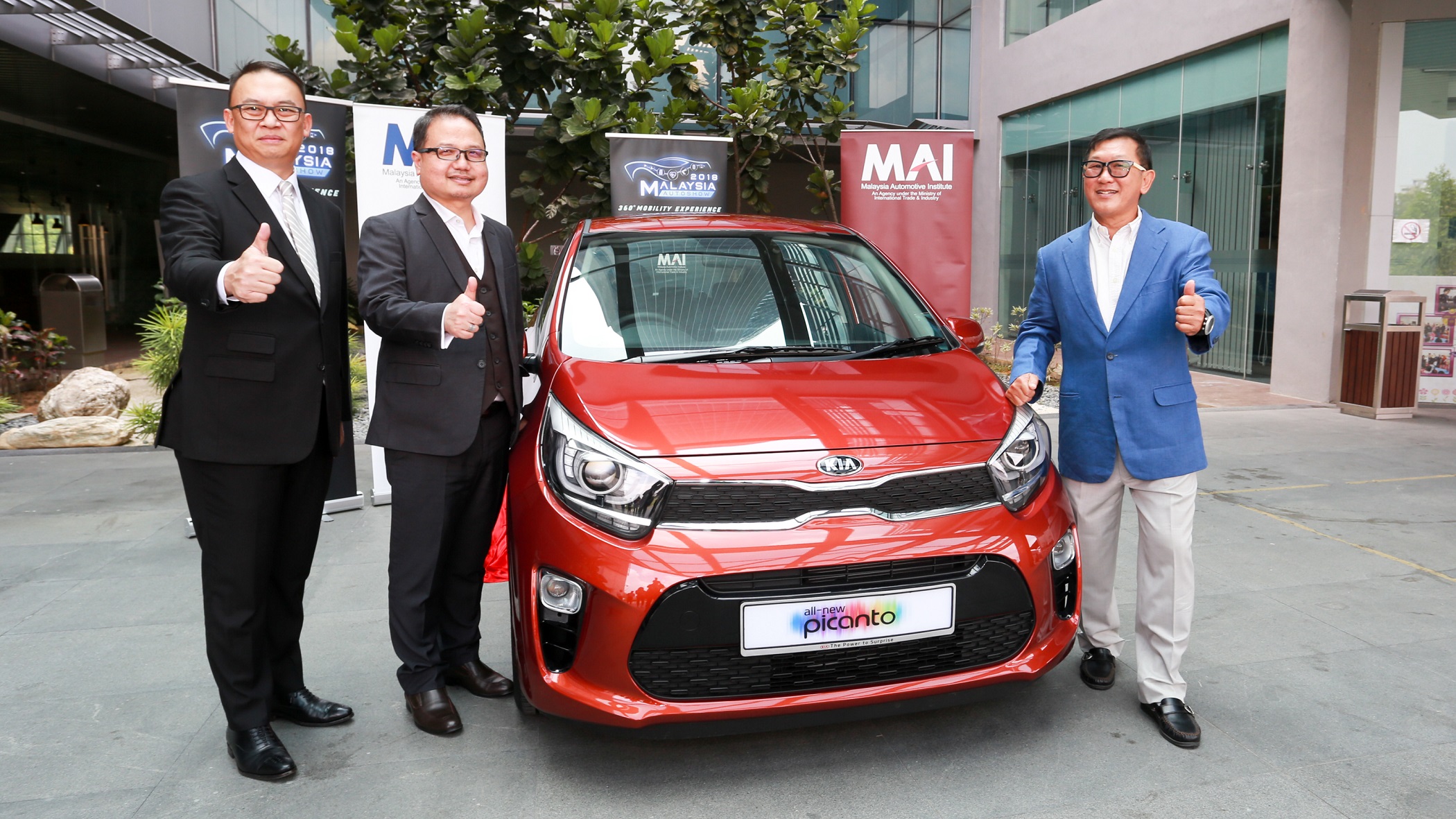
Apart from a lucky visitor who may drive home in a brand new Kia Picanto (above), some of the biggest automotive brands in the country will be taking part in this year’s show with the theme ‘360-degree Mobility Experience’. More than 100 cars comprising some of the latest models in the market and Volvo classic cars will be on display.
Some of the major highlights of Malaysia Autoshow 2018 include:
- A glimpse into the future of mobility at the Intelligent Mobility Experience (IMEX)
- A Kia Picanto for one lucky winner of the Lucky Draw Contest (Eligible to participants with a paid ticket to the Malaysia Autoshow 2018 – Terms & Conditions apply)
- The first appearance in Malaysia by the resuscitated legendary German marque Borgward, brought to you by GO Exim Sdn Bhd;
- The opportunity to own a set of personalised legal tender stamps from POS Malaysia. Just snap a photograph of you and your favourite car with a smartphone and pay RM20 for your very own set of collectible stamps that will be printed on the spot;
- Best-ever financing packages by Maybank valid only for cars purchased at the event; and
- Holiday packages within ASEAN (Flight and accommodation) for 8 lucky customers who book and purchase a car at the Malaysia Autoshow 2018 (Terms & Conditions apply);
At the outdoor area, the long list of exciting activities includes:
- Autonomous Emergency Braking (AEB) demonstration in a Perodua;
- Free car inspection;
- Go-kart racing;
- Mitsubishi Obstacle Course;
- Music on Wheels showcase of in-car entertainment systems upgrades;
- Off-road driving experience by 4×4 clubs;
- Toyota 4×4 Experience;
- Lane departure assist and adaptive cruise control demonstration featuring Honda Sensing technology;
- Test drives of latest models;
- Specialty themed Culture and Cuisine Pavilion; and
- Food trucks.
Maybank is the official financing partner for the Malaysia Autoshow 2018, and will be offering online submissions for hire purchase applications as well as discounts for entry ticket purchases using its QRPay option.
The entrance fee for Malaysia Autoshow 2018 is RM10 per entry. Children below 12 years of age will be given free access, while students will gain free admission on Thursday (26th March 2018).
Visitors can also enjoy discounted ticket prices by purchasing online at www.autoshow.com.my.




